Welcome to
Young's Photo Gallery
James W. Young, Professional Photographer
Photographic History of Table Mountain
Observatory

Part 3: Smithsonian Expands - Planetary Astronomy
Early Solar Panel Development
By James W. Young
retired astronomer from Table Mountain Observatory
Smithsonian continued site development by adding more necessary buildings, additions,
and storage sheds for equipment. The site was proving extremely valuable for the
solar constant measurements, with weather and sky conditions better than Mount
Wilson, as well as other sites currently in use in Egypt and Chile. In the end,
Table Mountain had the longest run of any of the Smithsonian field stations.
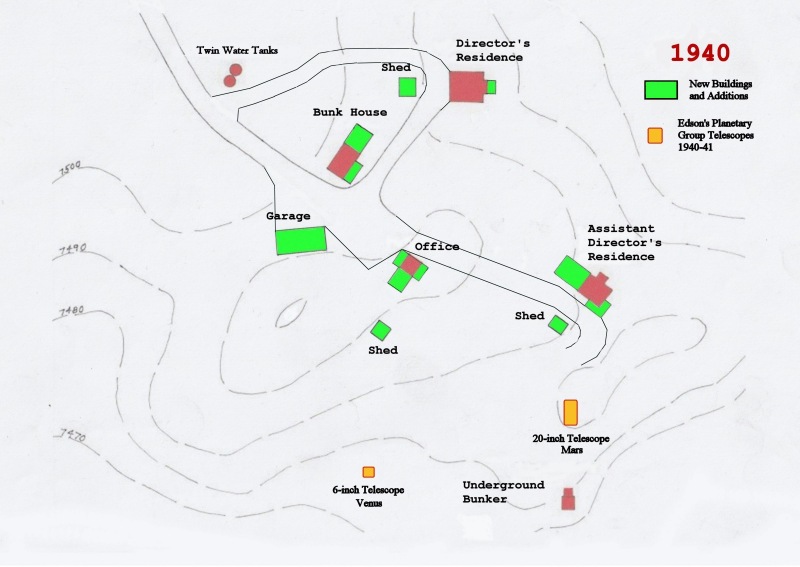
Adding to the 1925 map, this represents many new out buildings, and several additions as
Smithsonian's Table Mountain Field Station became their prime 'solar constant' measuring
facility. Note Edson's two telescope sites that were temporarily established in 1940-41.
Following are images of the new buildings, additions, and the areas used by Edson's
Caltech 'Planetary Group' to study both Venus and Mars in 1940-41.
The Residence for the Table Mountain Field Station's Director
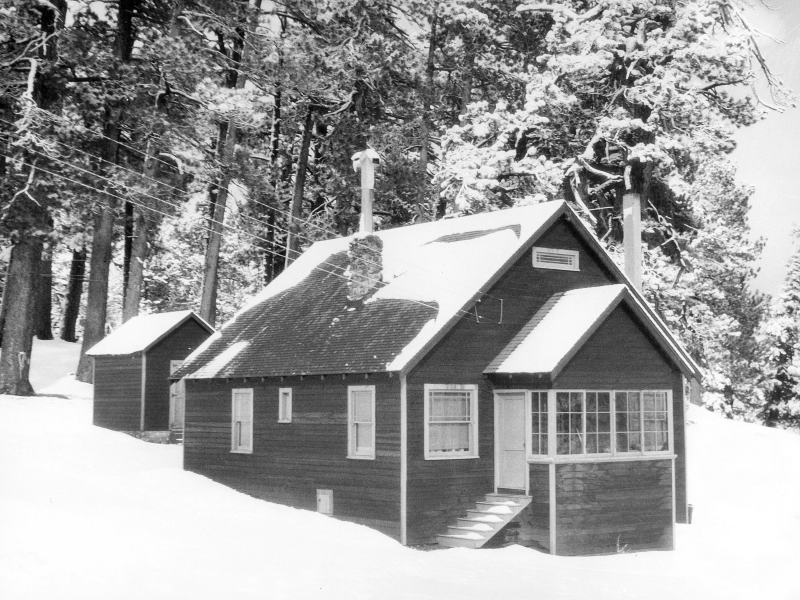
This is the residence in 1938
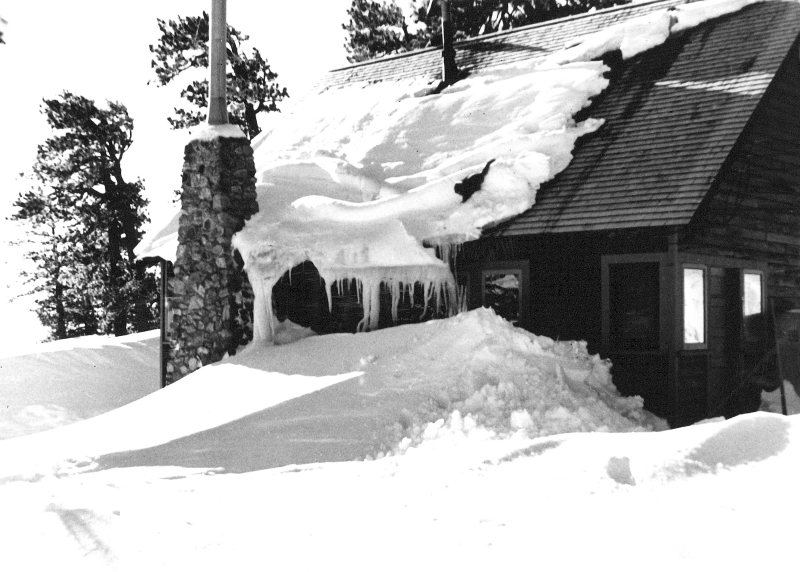
late 1930s
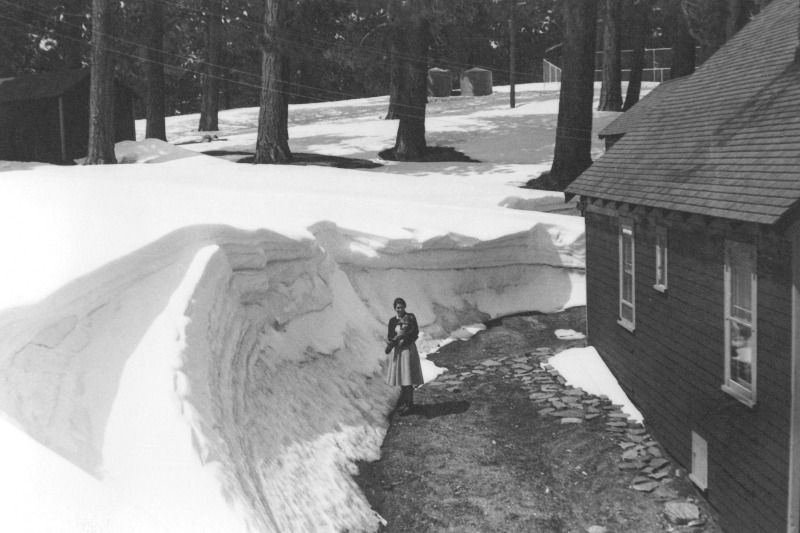
Winter of 1940 - Delilah Butler (Preston Butler's wife)
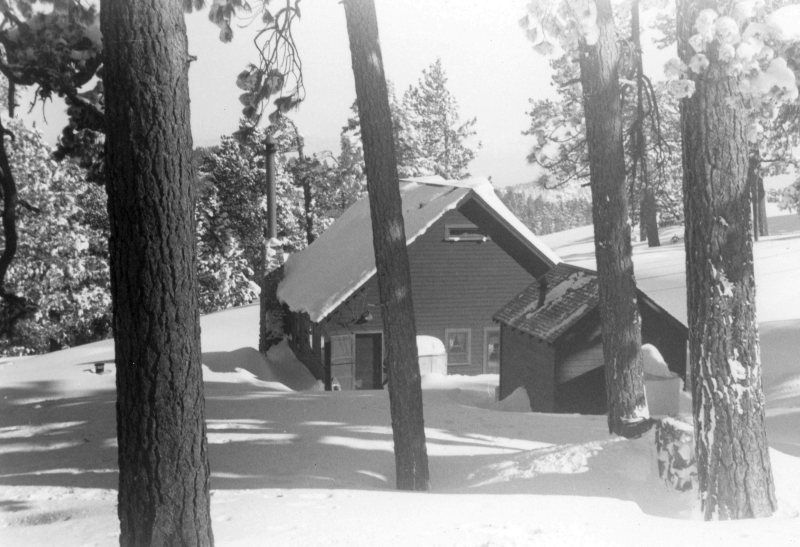
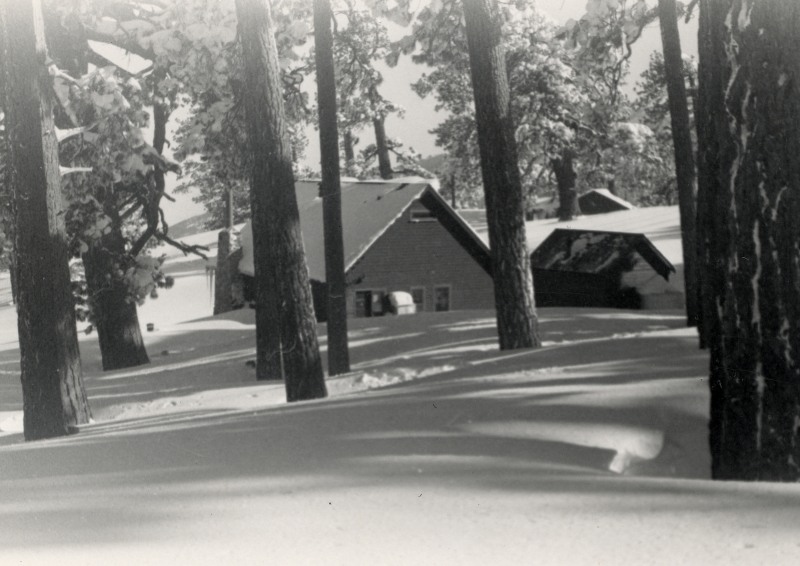
Winter of 1949
This is the Office and Shop
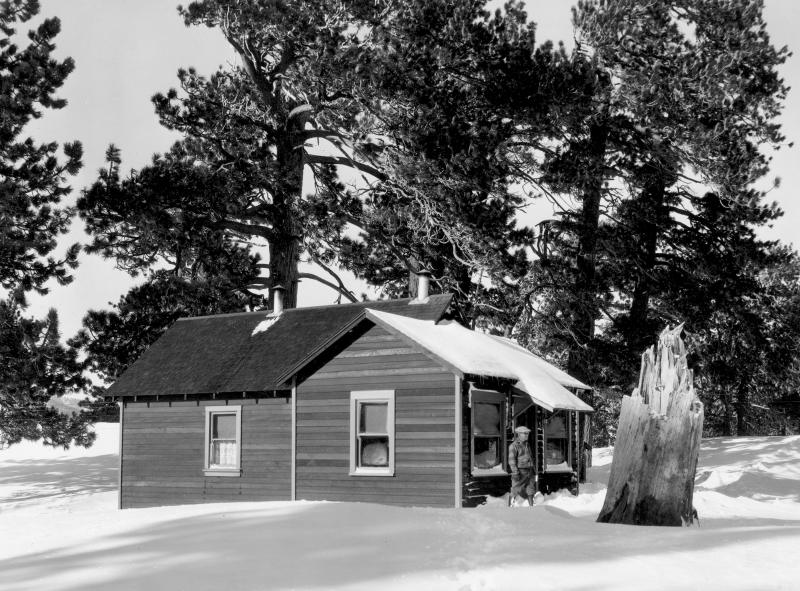
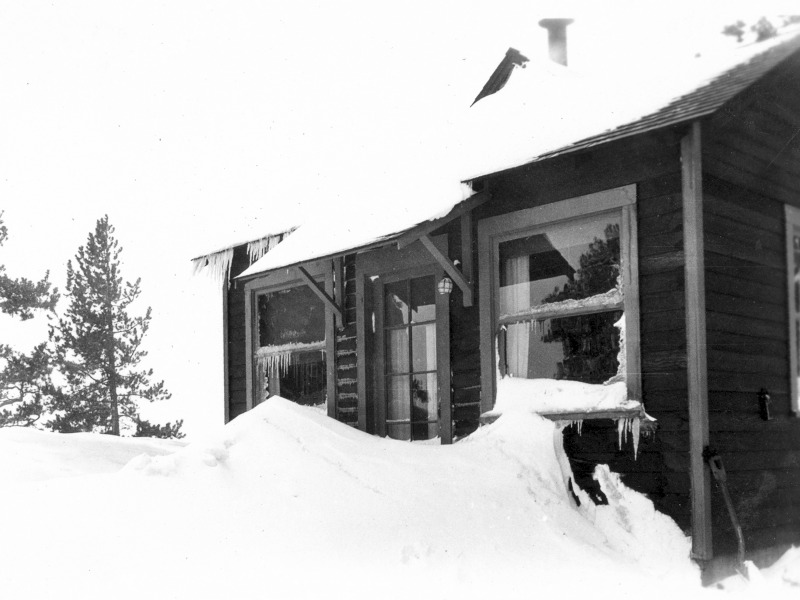
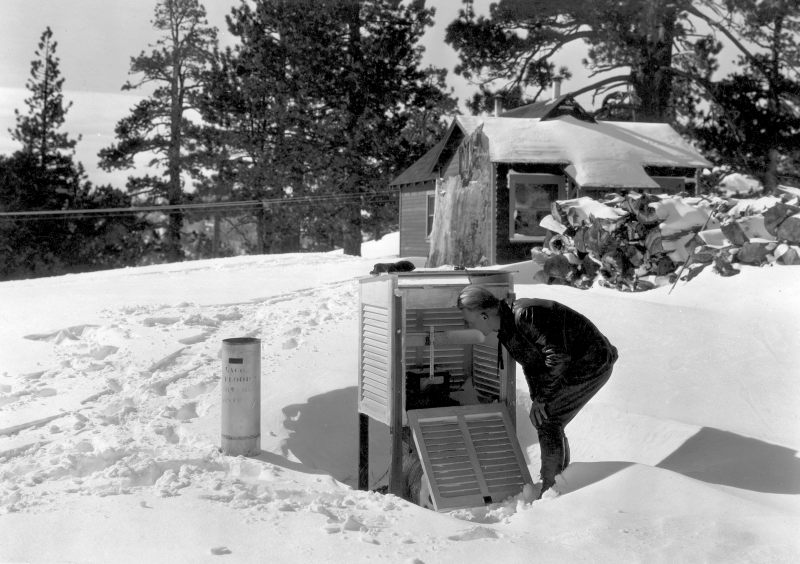
mid 1930s
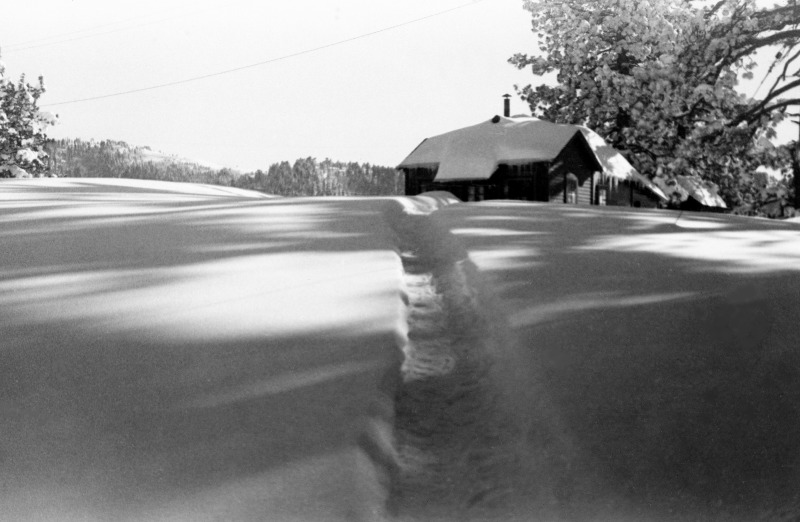
Shop 1949
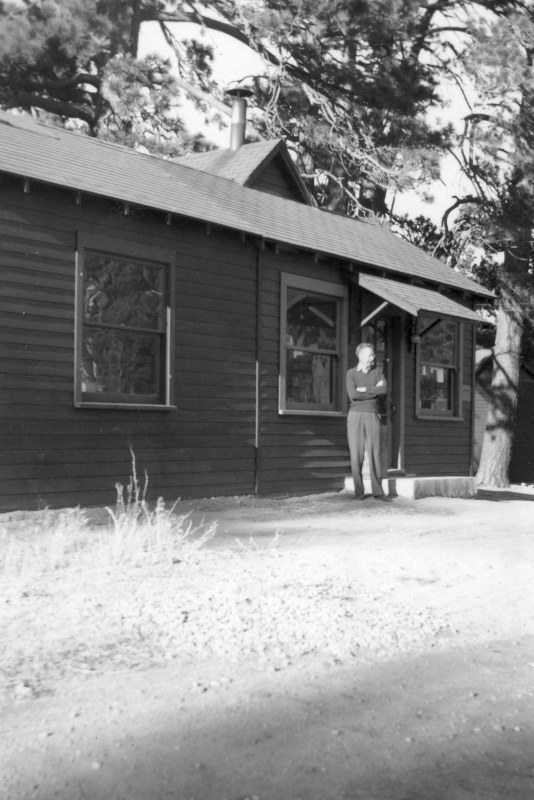
1950s
Inside Views of the Shop
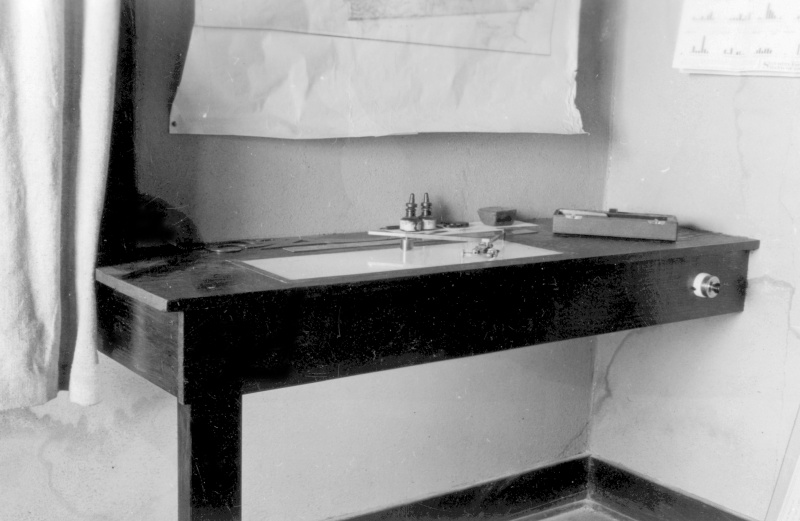
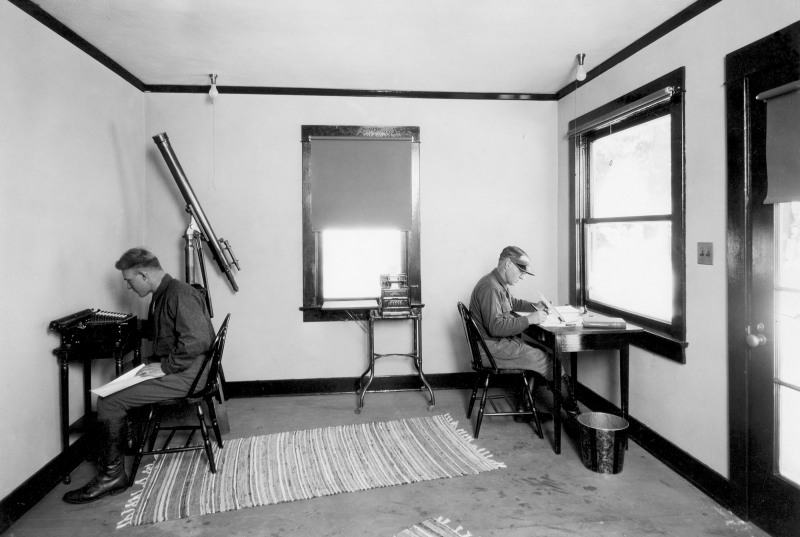
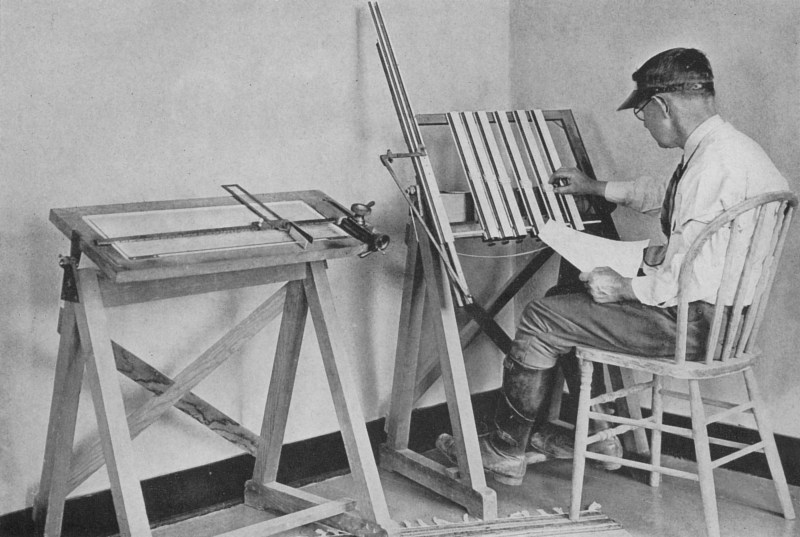
late 1930s
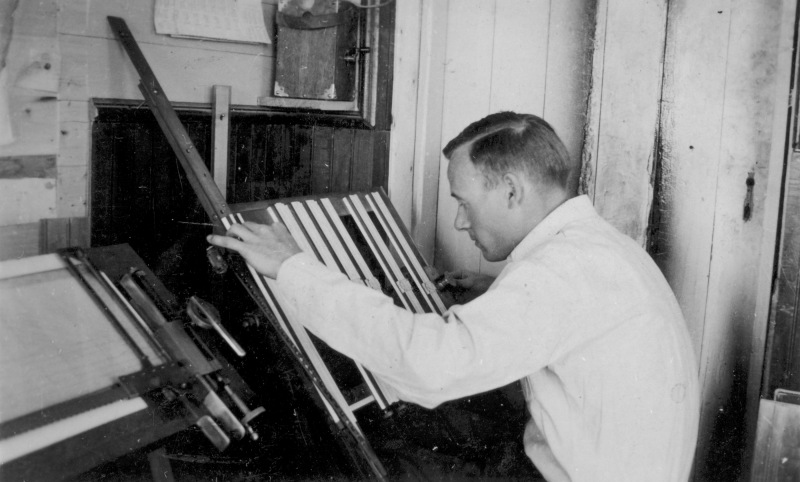
Preston Butler - 1941
The Original Garage, Now the Bunk House
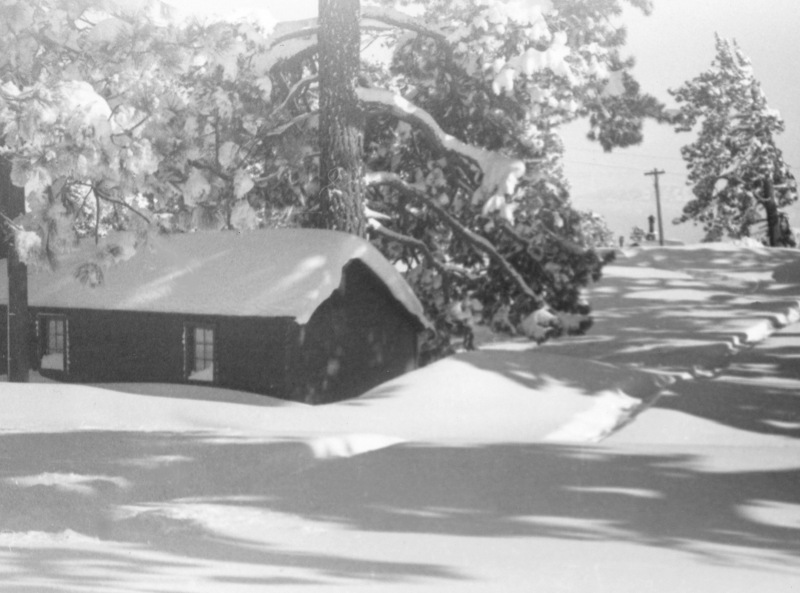
1940s
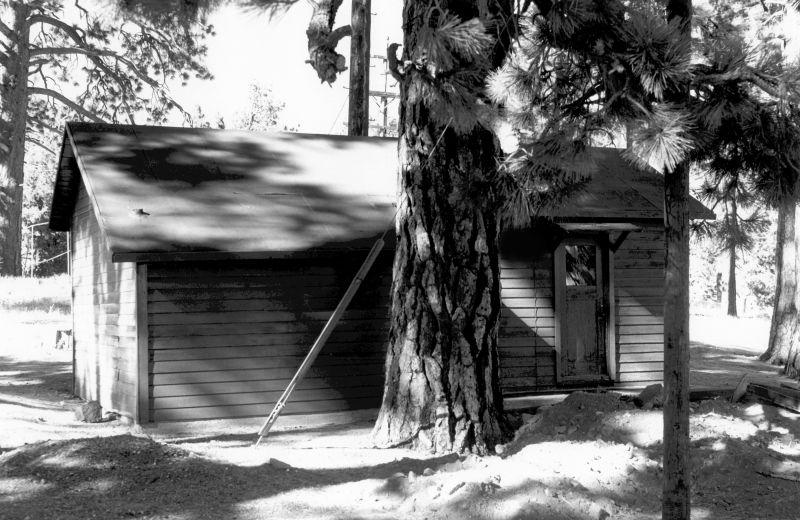
late 1950s
The Assistant Director's Residence
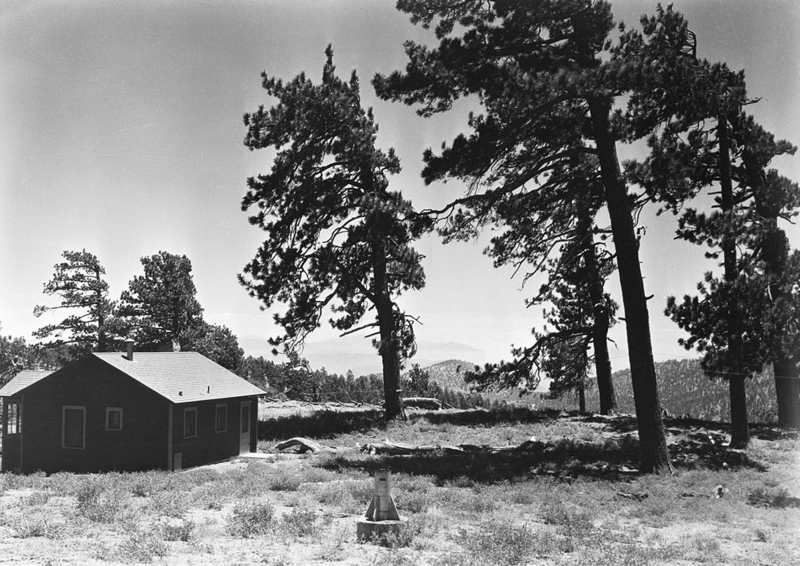
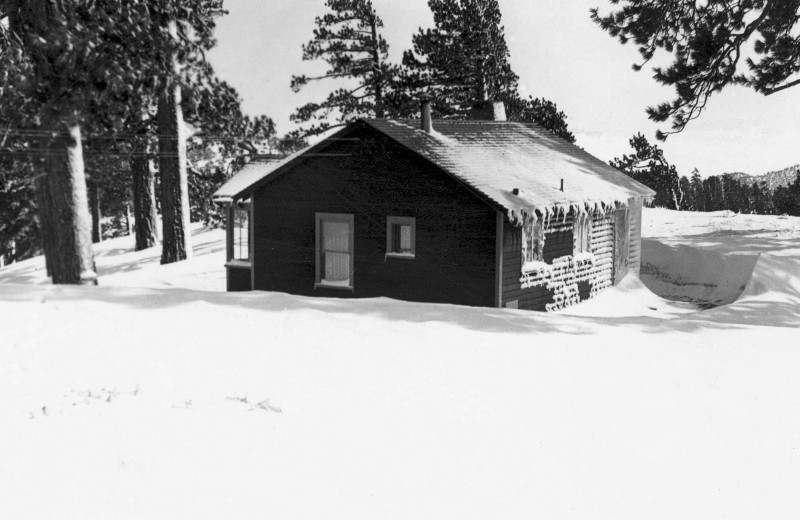
early 1930s
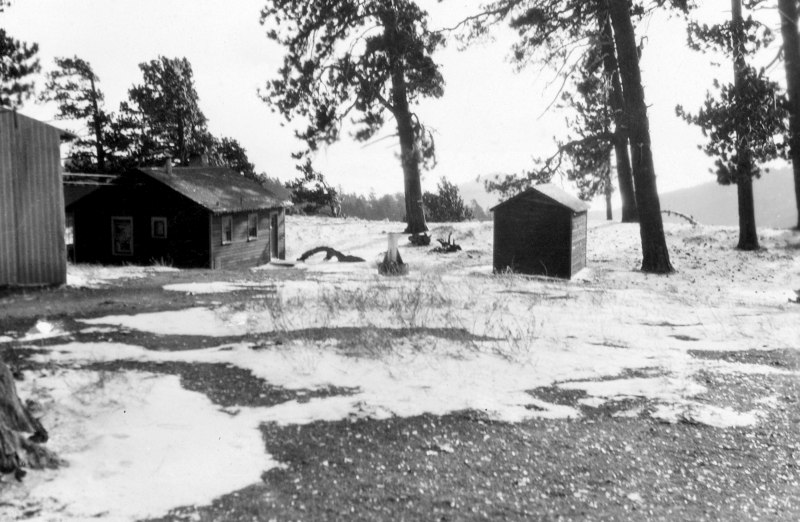
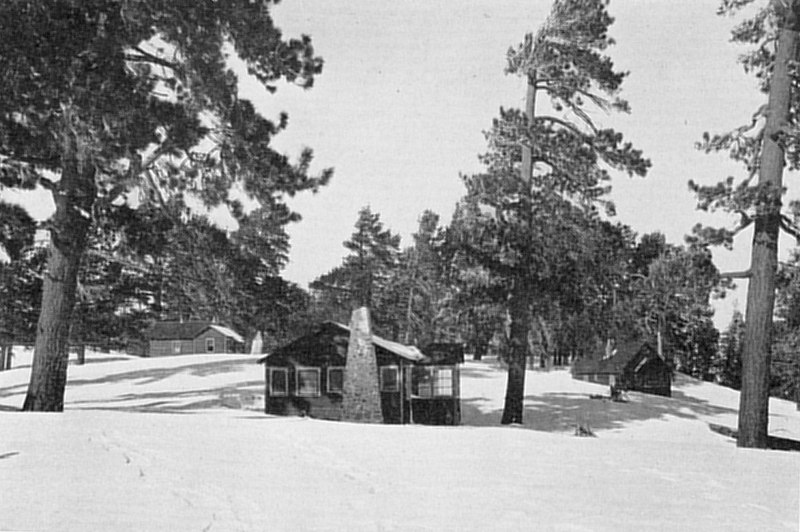
late 1930s
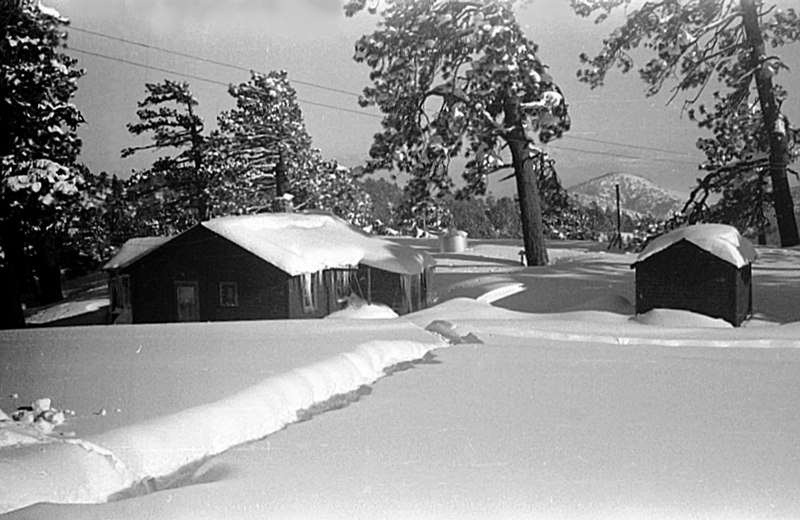
early 1940s
Original Bunker/Tunnel
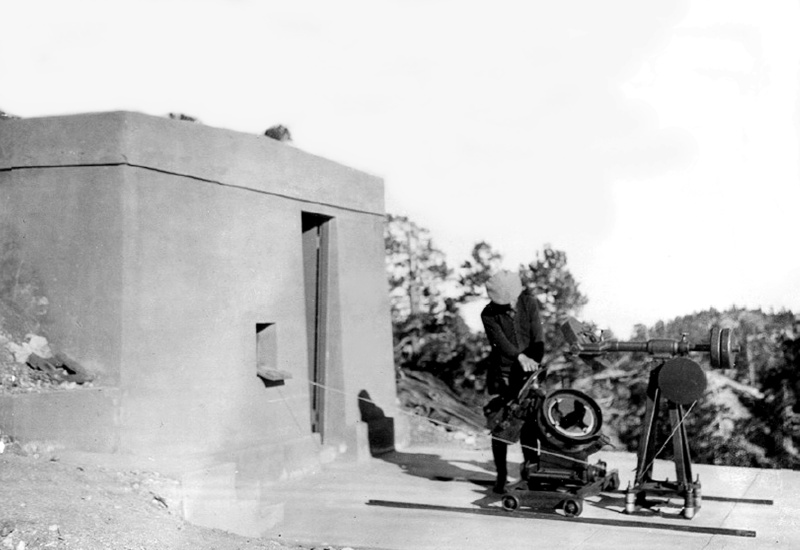
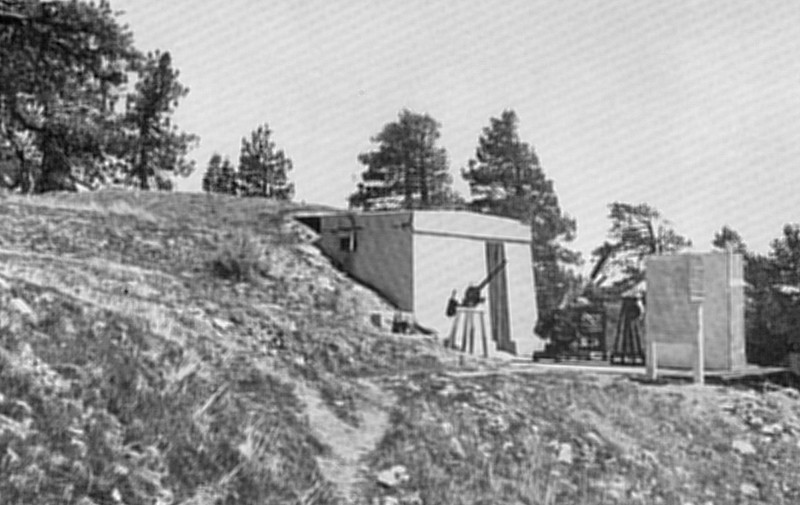
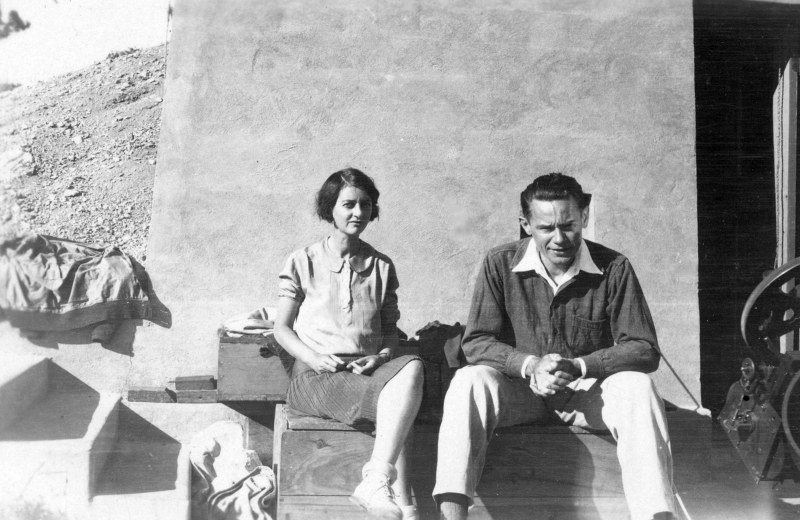
1930s
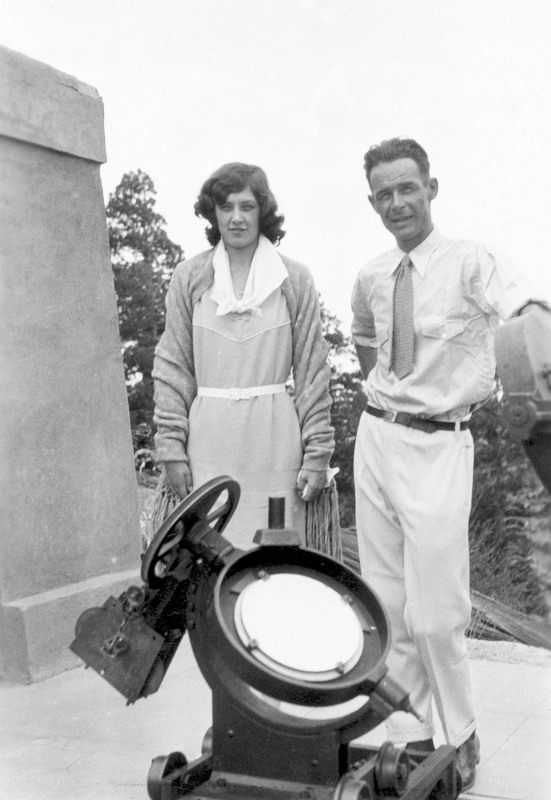
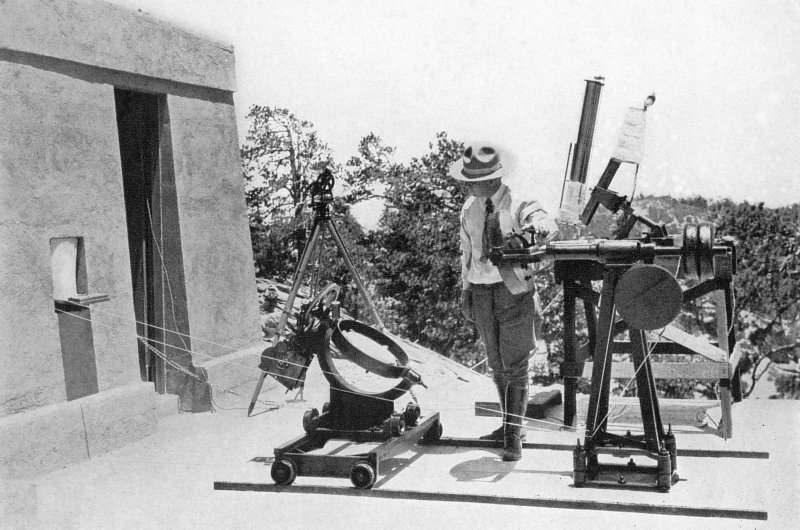
mid 1940s
Water Tanks and Tennis Court Fence
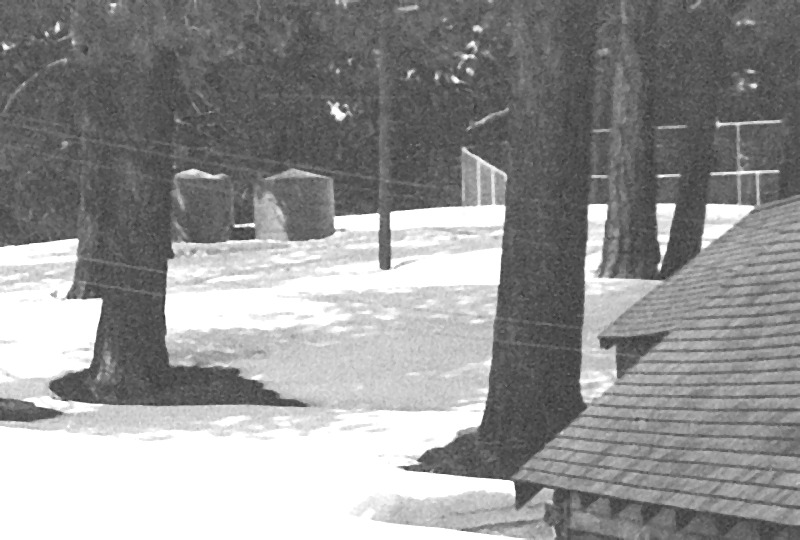
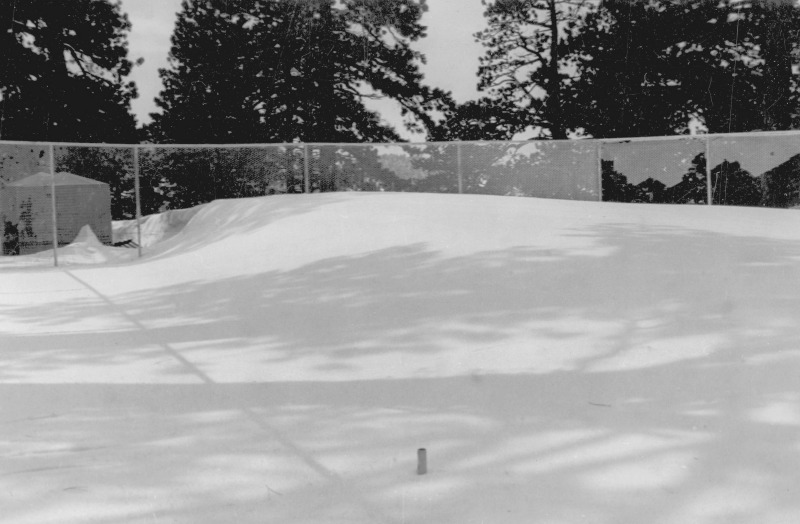
early 1940s
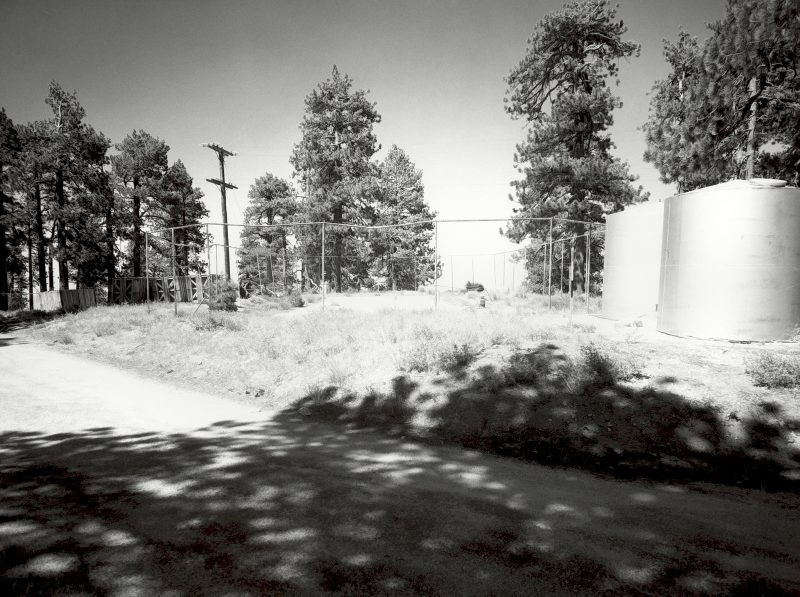
Original Smithsonian Water Tanks and the Tennis Court - 1962
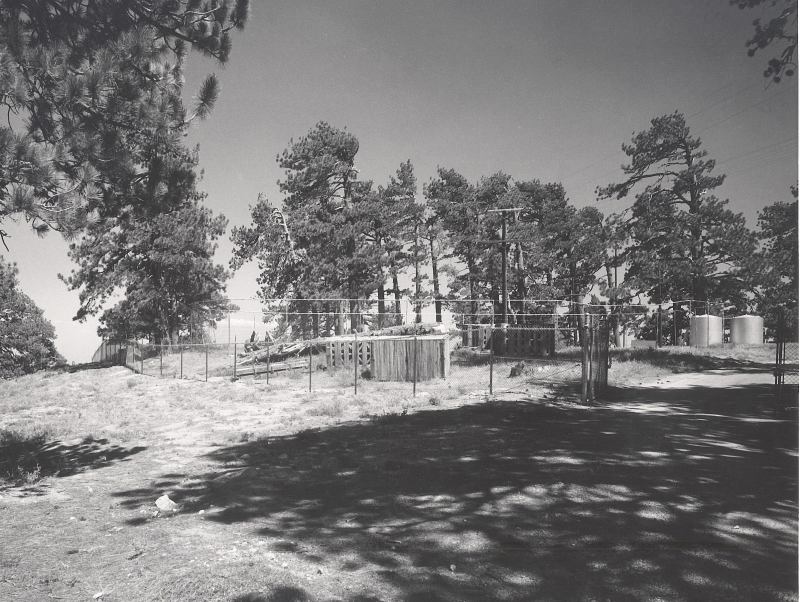
The two original Smithsonian water tanks, and tennis court (behind the closer-lying fence)
in 1964
Optical astronomy was not a part of the Table Mountain effort to study the
solar constant, however, there were several small telescopes on the site for
personnel use. No information was found as to the exact nature of their use.
These telescopes images were found in the archives dating from the 1930s.
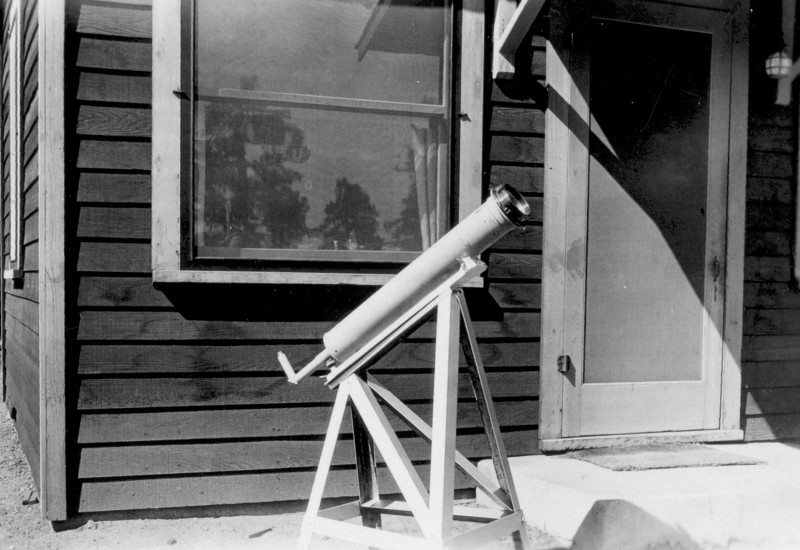
3-inch Refractor - early 1930s
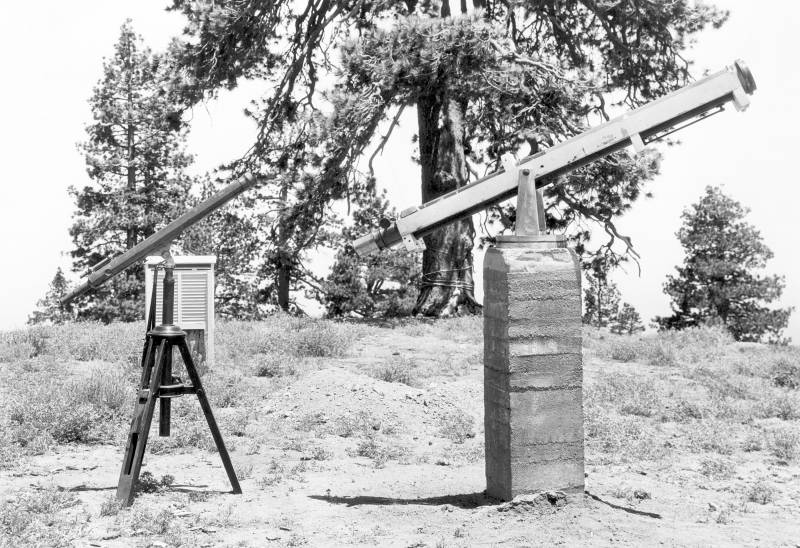
4 and 6-inch Refractor Telescopes from the 1930s
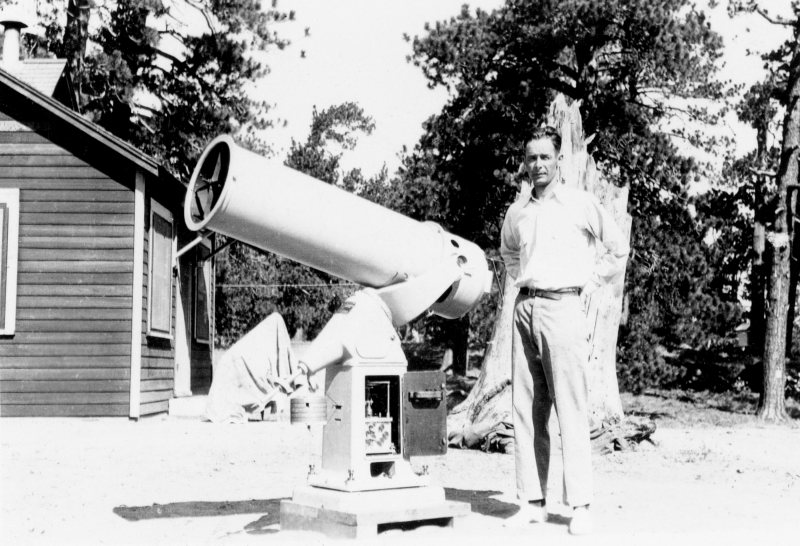
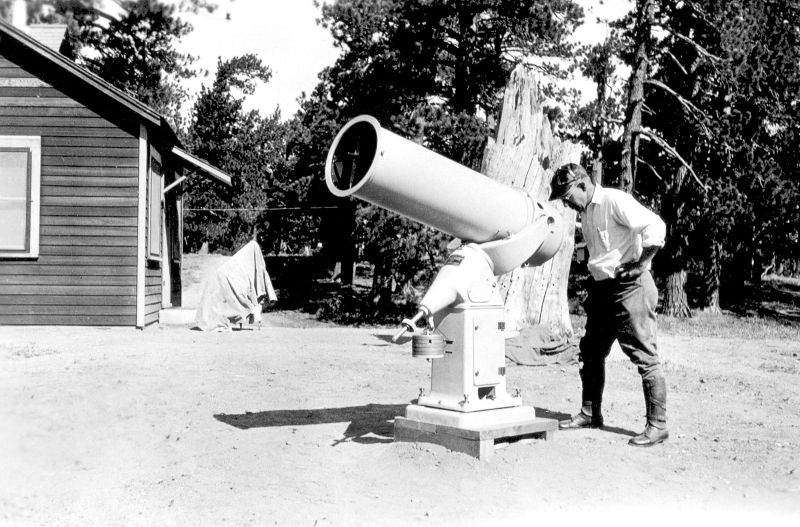
This was a 12-inch reflector of unknown design - late 1930s
A Caltech professor, James B. Edson, knew of the Smithsonian solar research conducted at
Table Mountain, and contacted the field director, Preston Butler. Butler gave permission to
Edson to make observations of Venus and Mars in 1940-41, and offered the site's 6-inch
telescope to help with the Venus observations.
Edson then offered to a number of Caltech students the opportunity to photograph the Venus
inferior conjunction of June, 1940, as well as the Mars opposition during the late 1940s into
October, 1941. Four students answered Edson's suggestion; John Spencer, James Winget,
Richard Canright, and Aden Meinel. These students, under Edson's direction, formed the
Caltech 'Planetary Group'. Edson found a spare 6-inch reflector telescope that he modified
to hold a glass plate camera for the Venus imagery. Still later, Edson acquired access to the
still working scale model of Mount Wilson's 100-inch Hooker Telescope...a 20-inch Nasmyth-
Cassegrain telescope to use for the Mars opposition into 1941.
VENUS INFERIOR CONJUNCTION SETUP & OPERATIONS
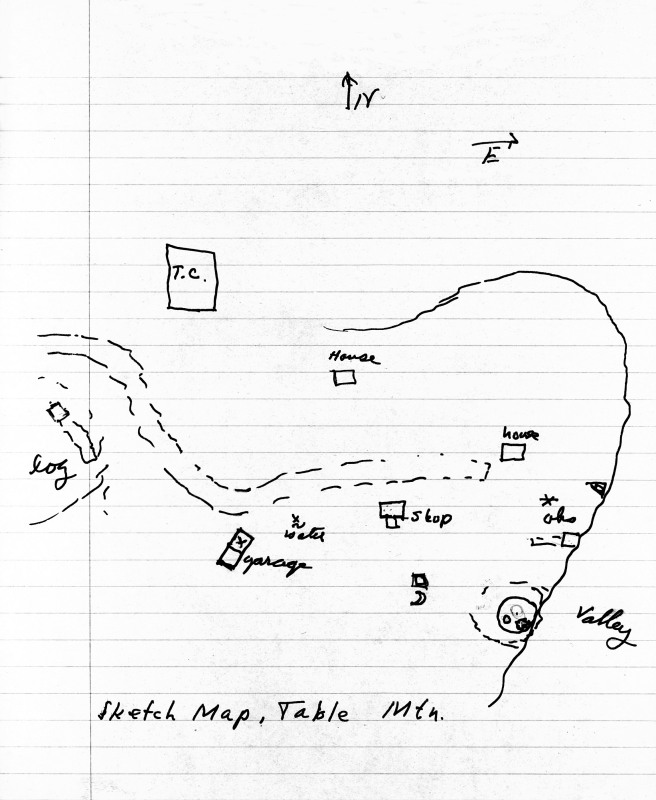
Edson's rough map of their observing site
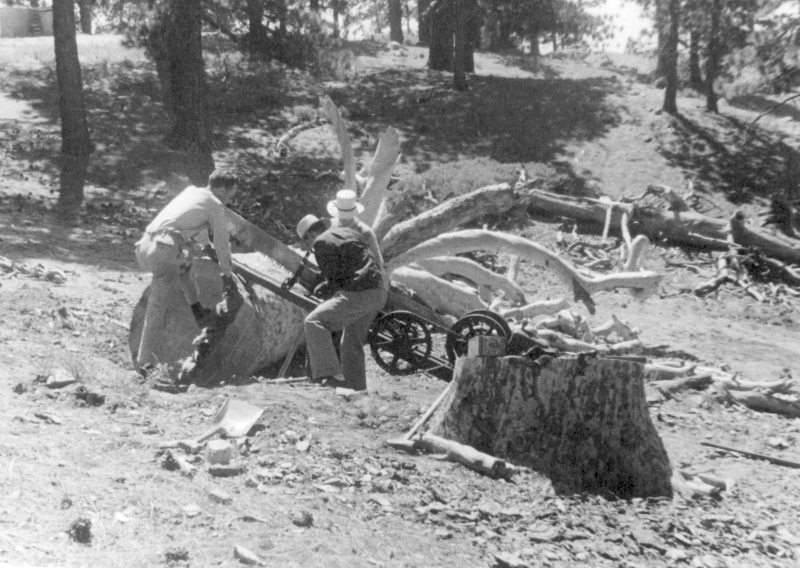
Students cutting large stump for telescope placement
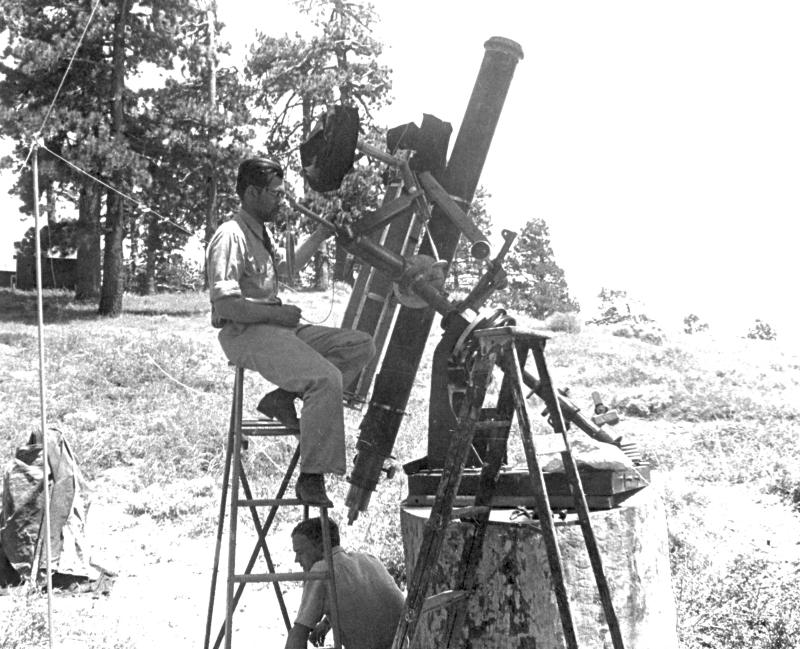
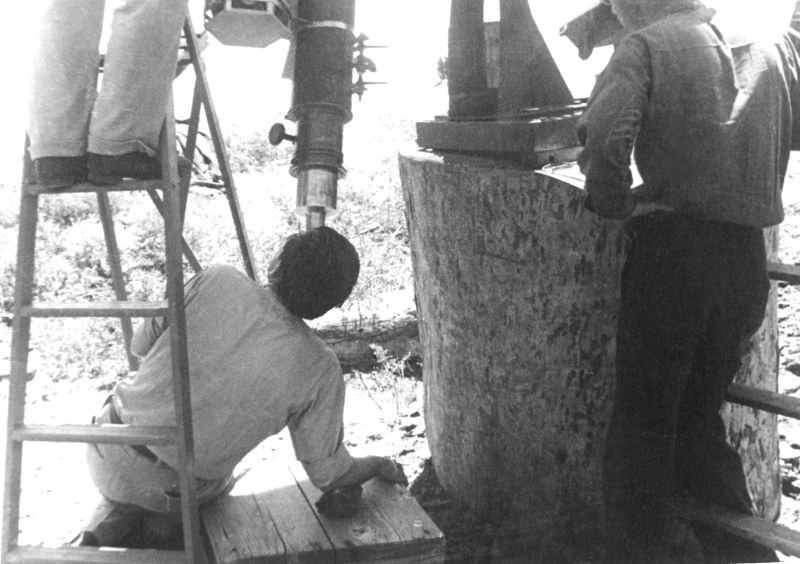
Edson checking setup, then checking 6-inch finder alignment
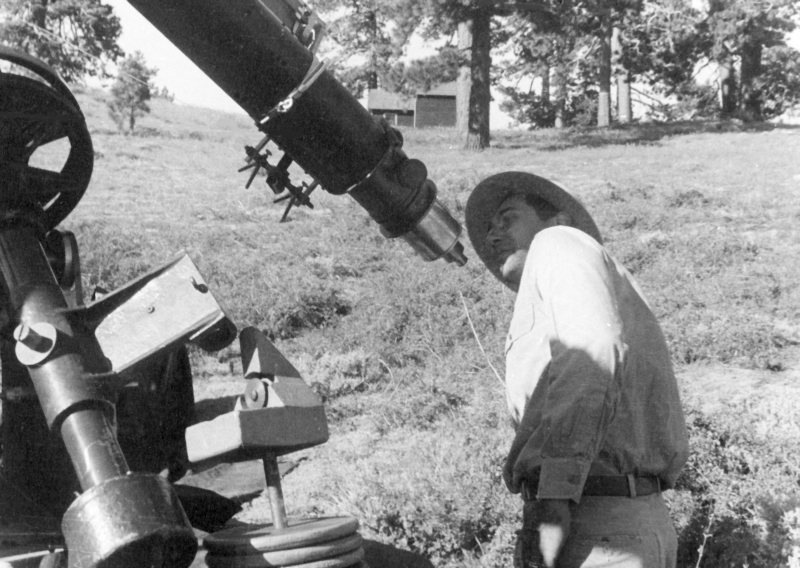
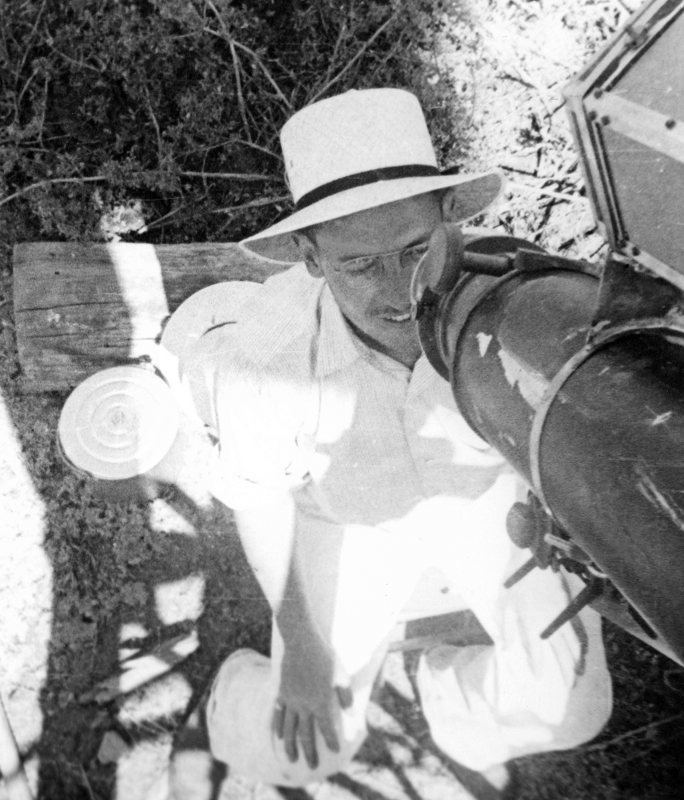
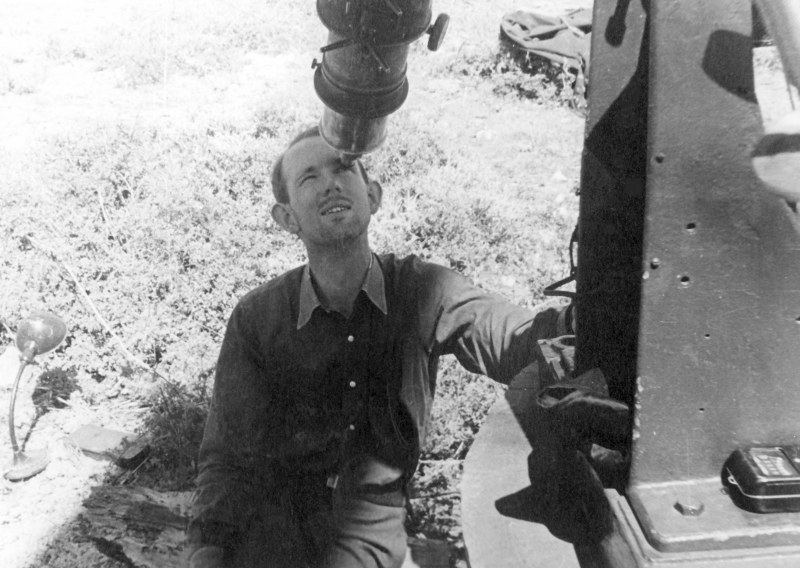
Students learning the system, practicing telescope placement
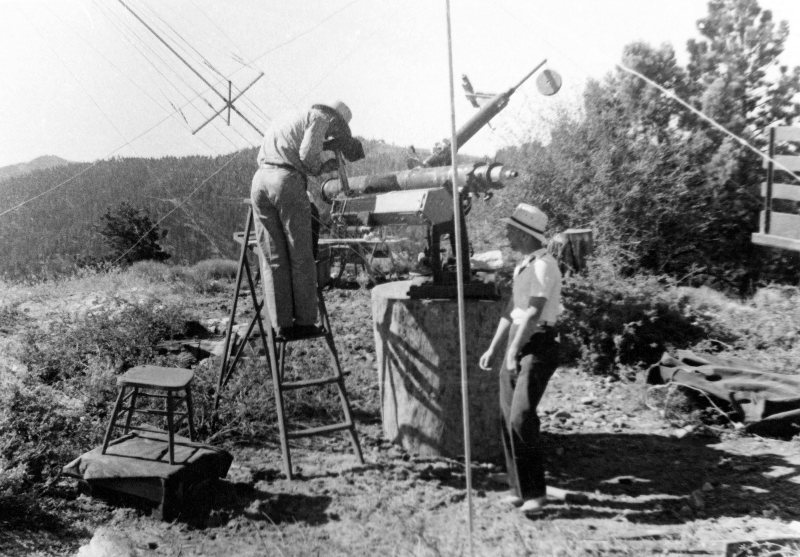
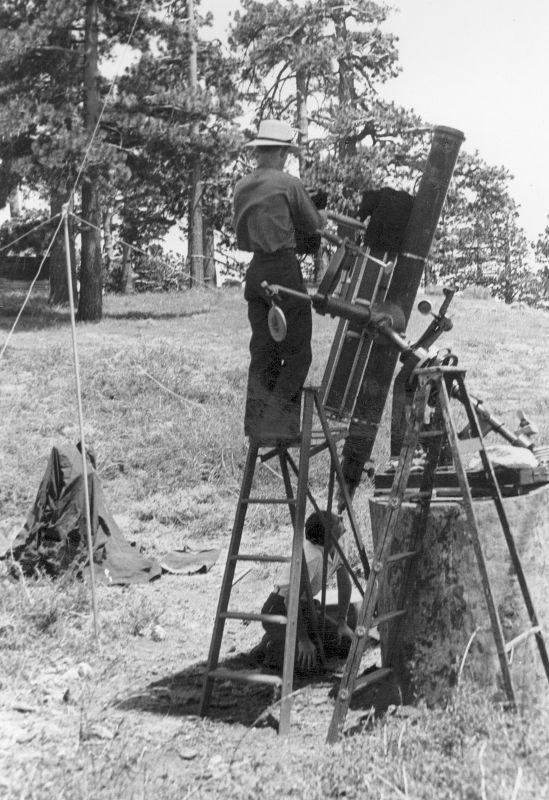
Aligning telescope and plate camera testing
The final configuration arrangement of the 6-inch reflecting telescope (upper left), with
attached plate camera (upper right). This was attached and aligned to the Smithsonian
6-inch refractor (for guiding and centering) in the bottom center, with eyepiece in place.
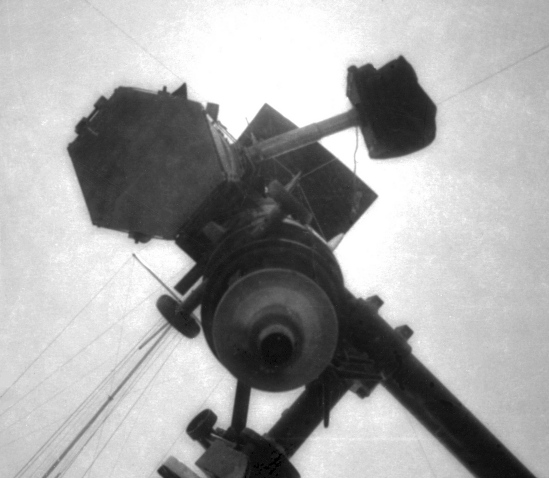
Telescopes, and their configuration
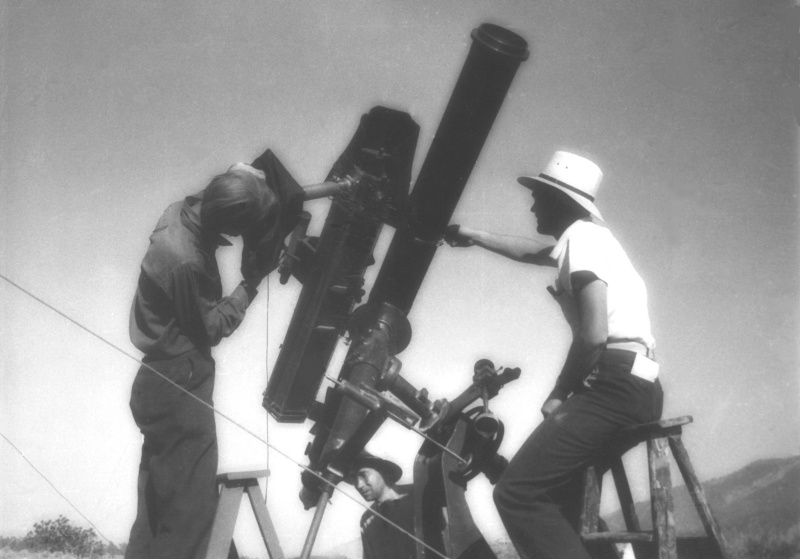
Final testing of telescopes, alignment, and camera operations
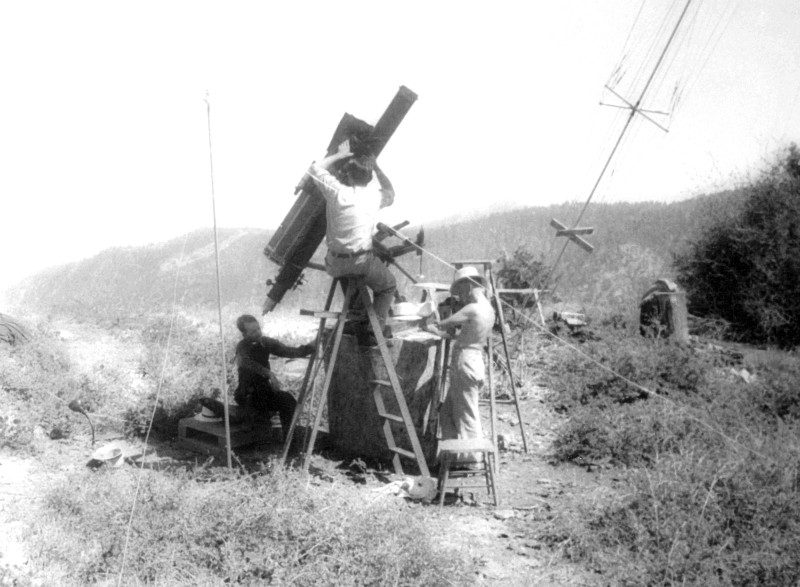
Making observations and taking imagery
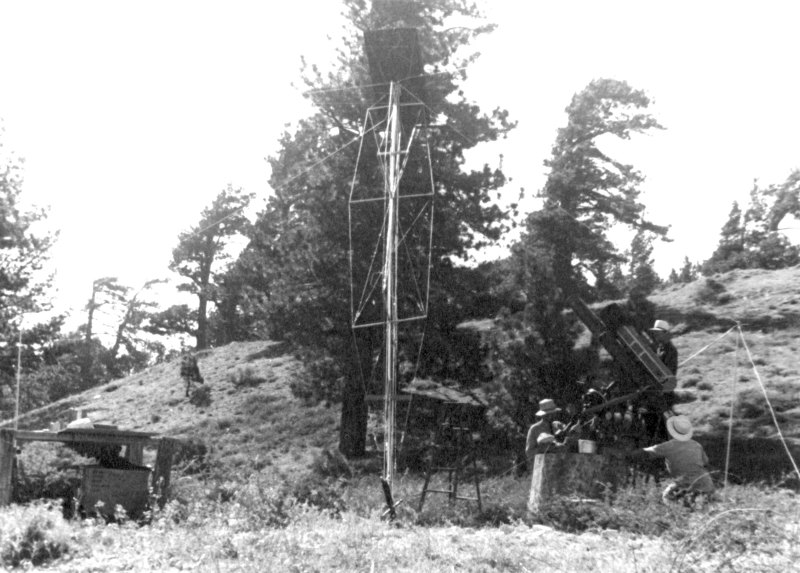
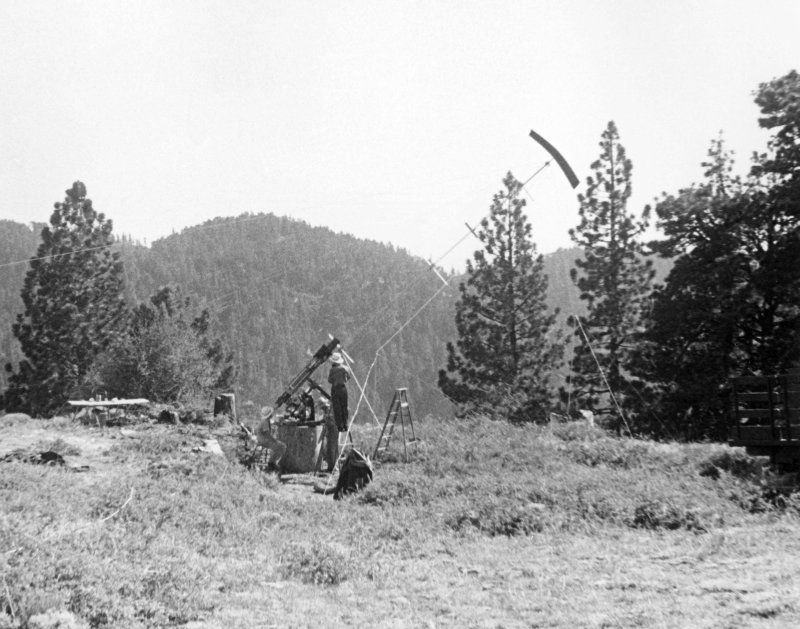
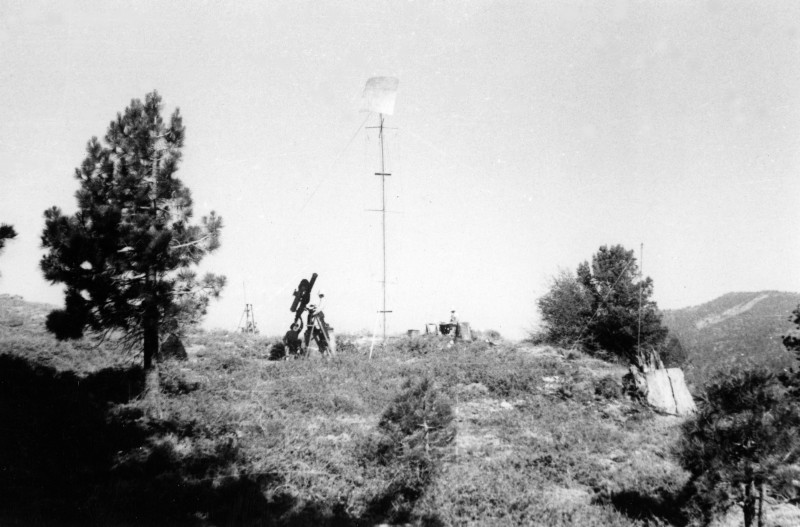
Using the 28-foot sun screen (shield) to block the sun's glare
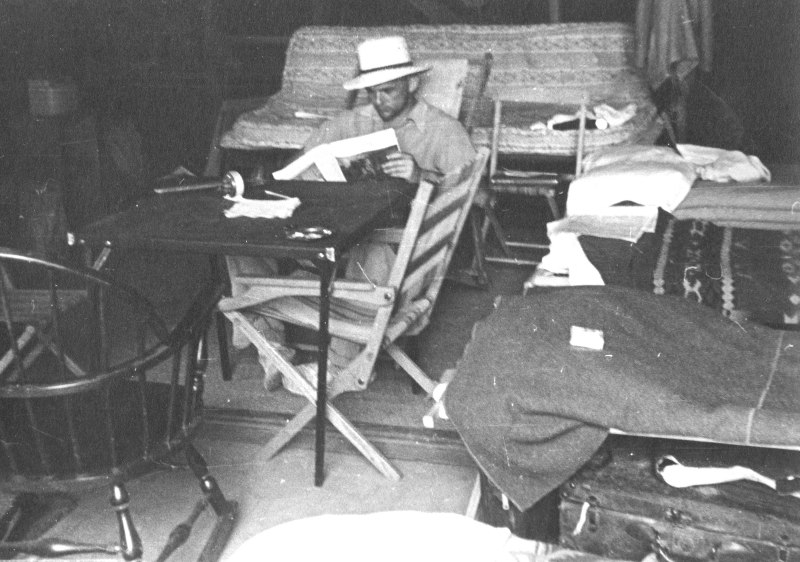
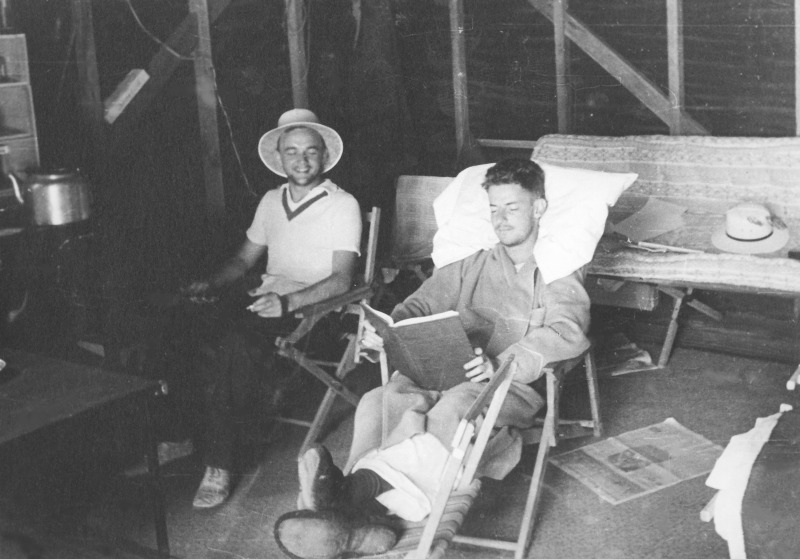
Students resting in one of the site's storage buildings
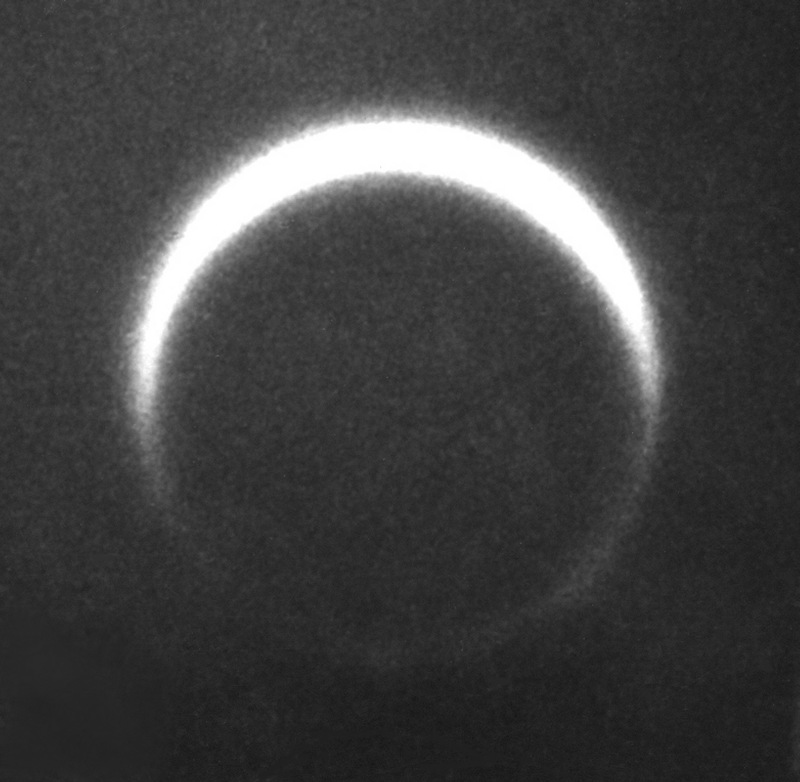
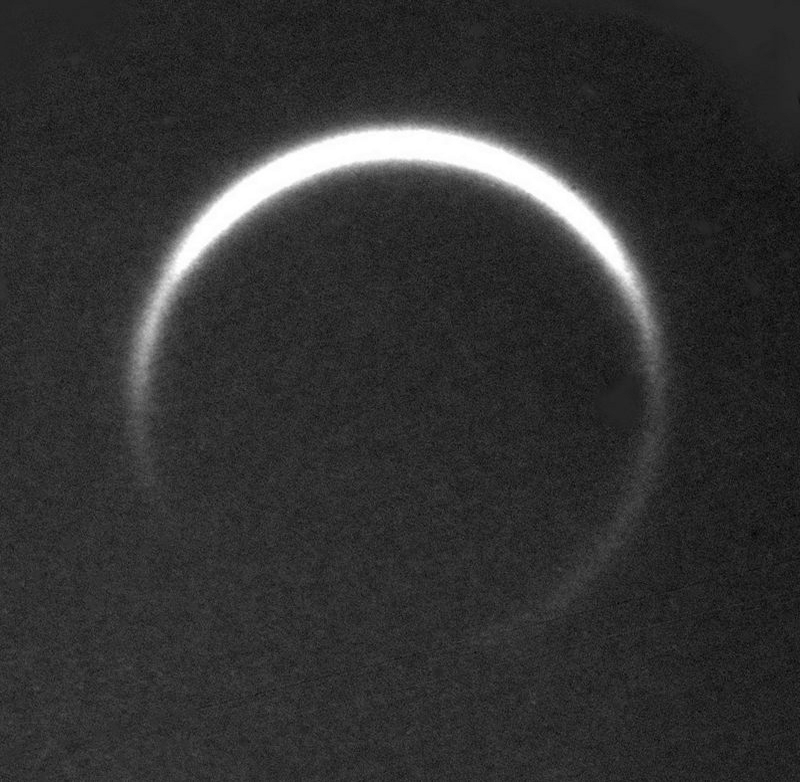
The good and best imagery examples
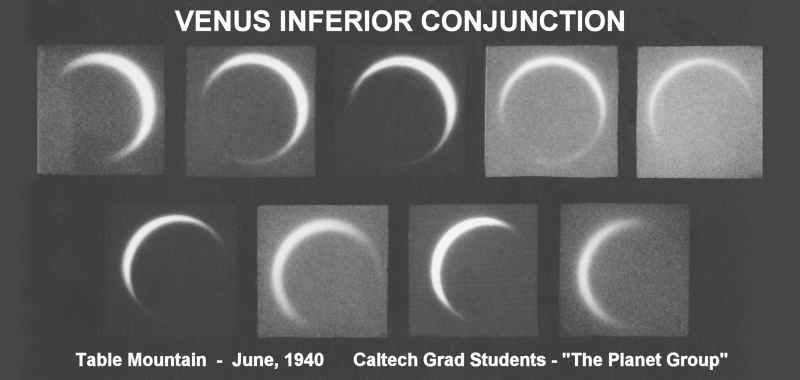
Venus inferior conjunction collage imagery results of two weeks centered on the inferior
conjunction of June 26, 1940.
MARS OPPOSITION SETUP & OPERATIONS
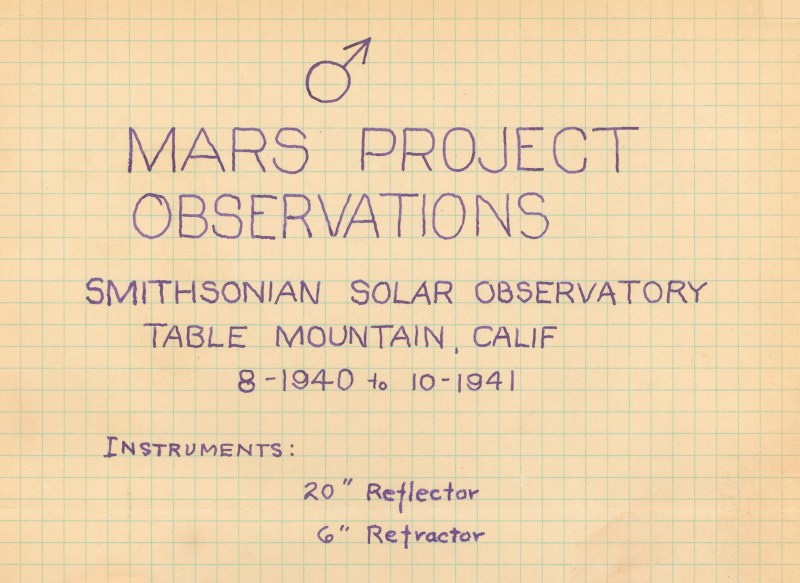
Title page of the group's notebook
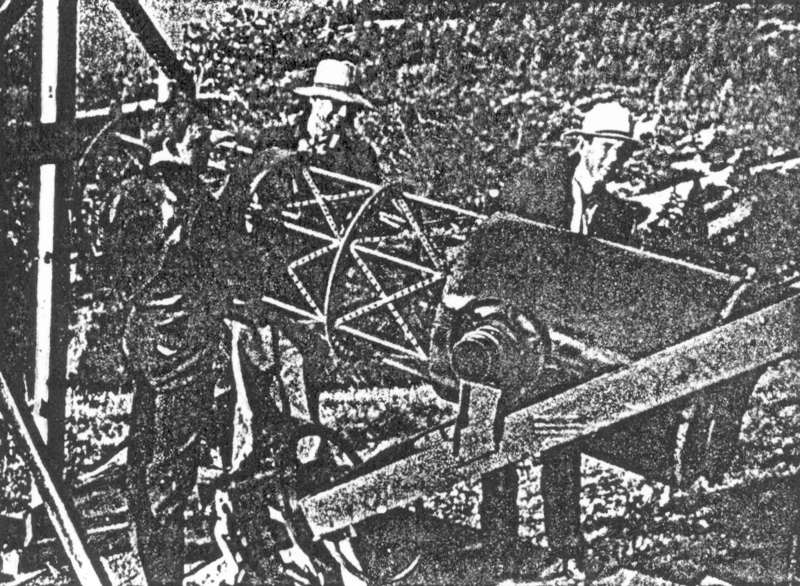
Setting up the 20-inch telescope in 1940
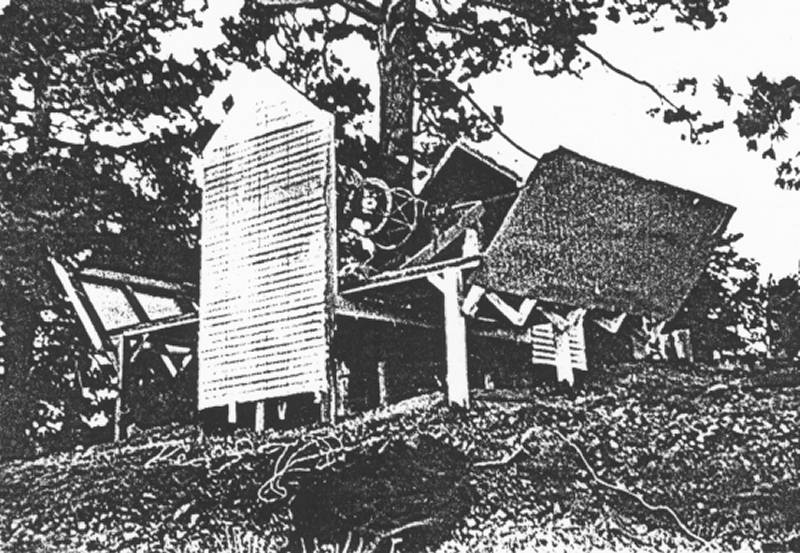
20-inch telescope ready for operations - late 1940
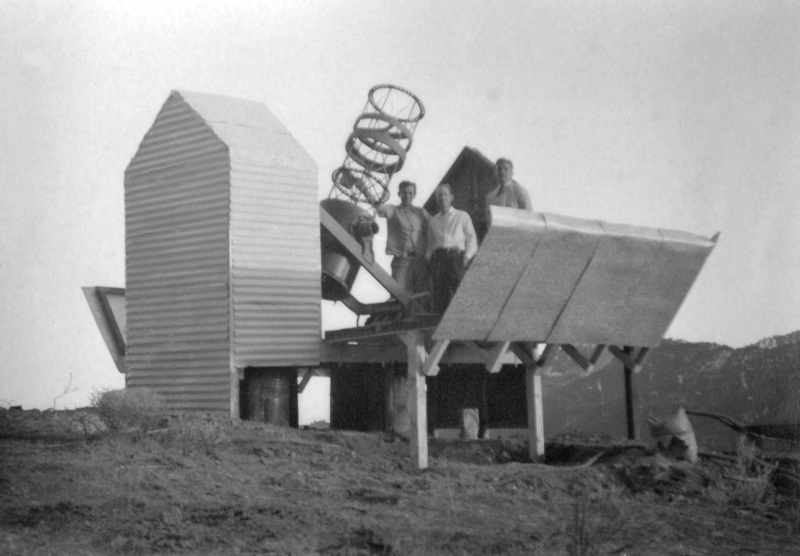
20-inch telescope with Edson (left) and two students - late 1940
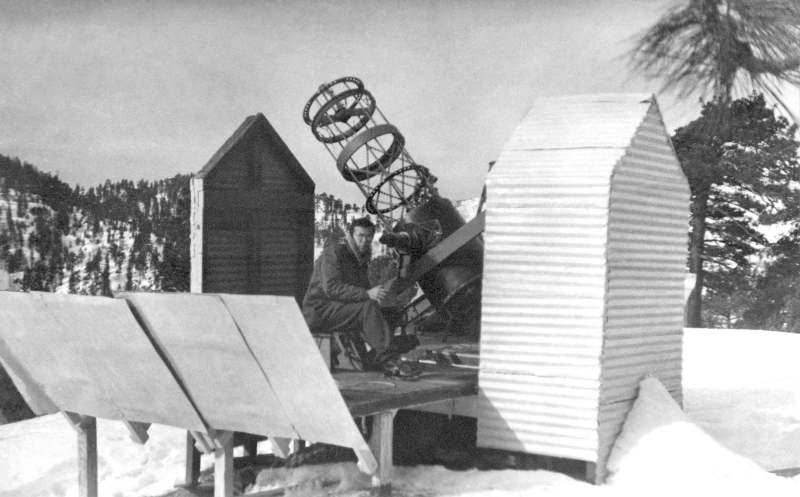
Aden Meinel using the telescope in the late winter of 1940-41
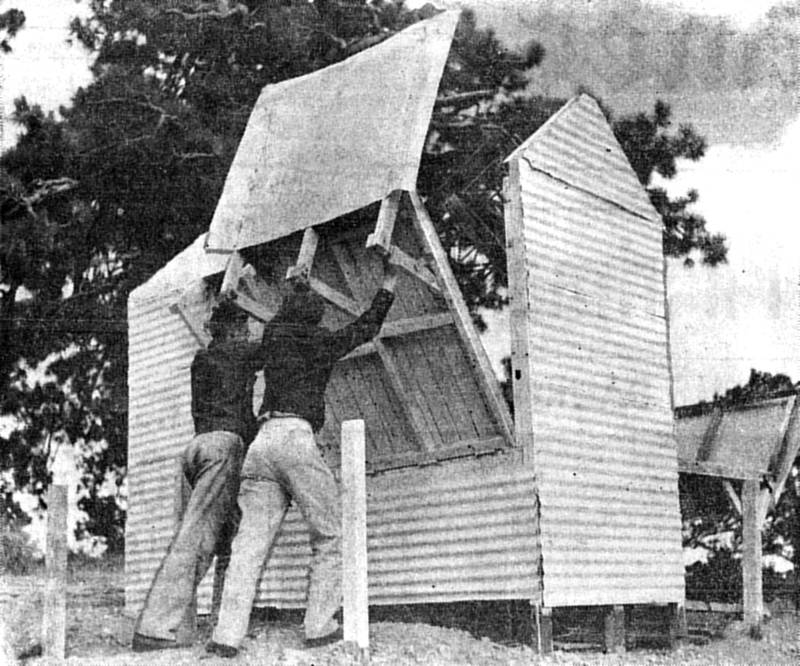
Closing up the 20-inch telescope building - early 1941
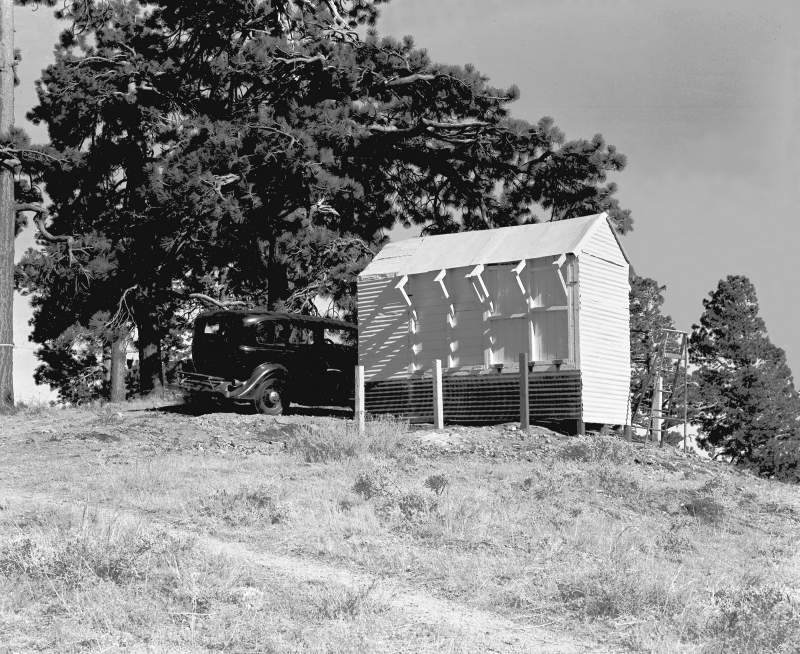
Telescope building in the spring of 1941
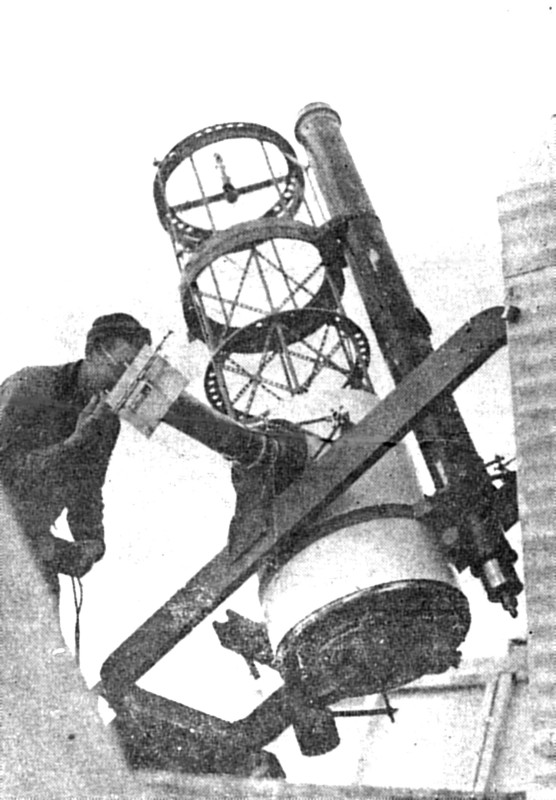
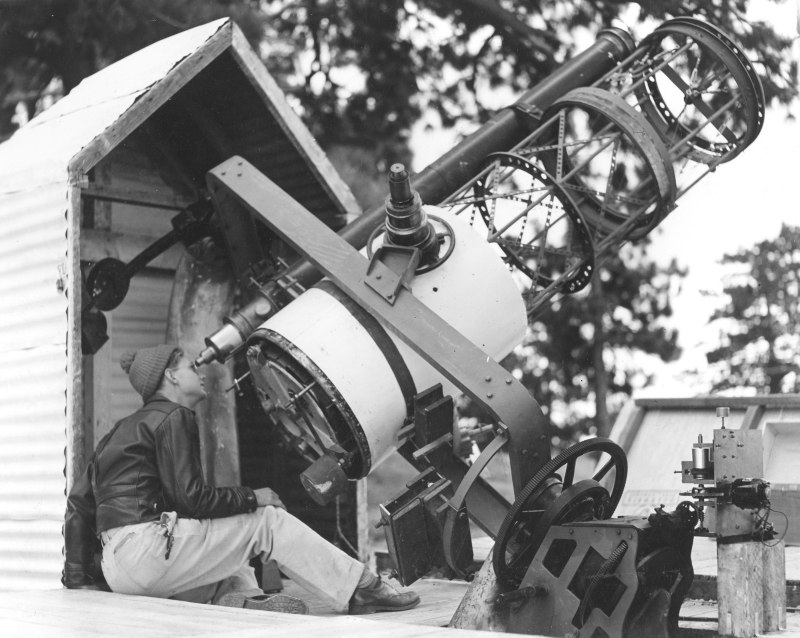
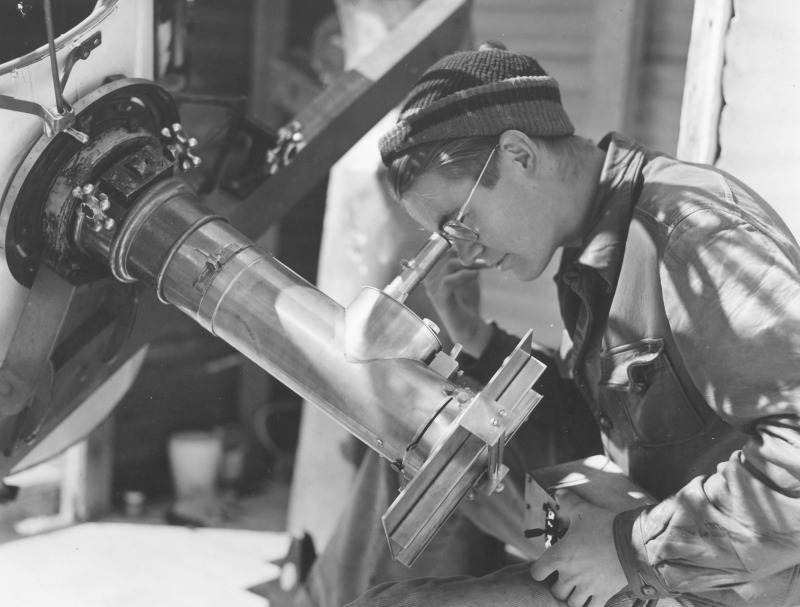
John Spencer using the telescope in the summer of 1941
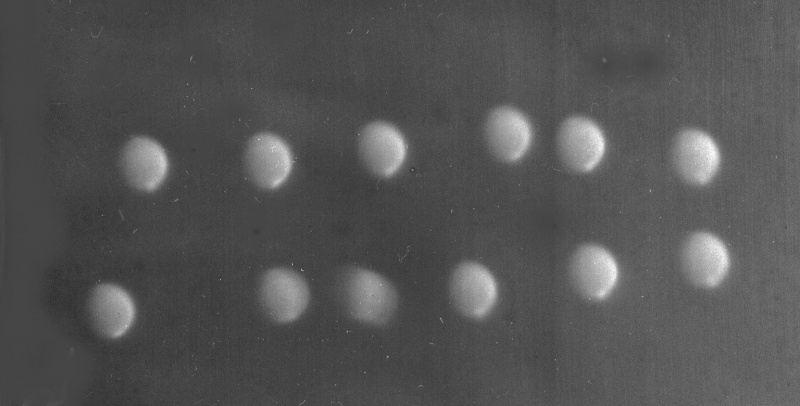
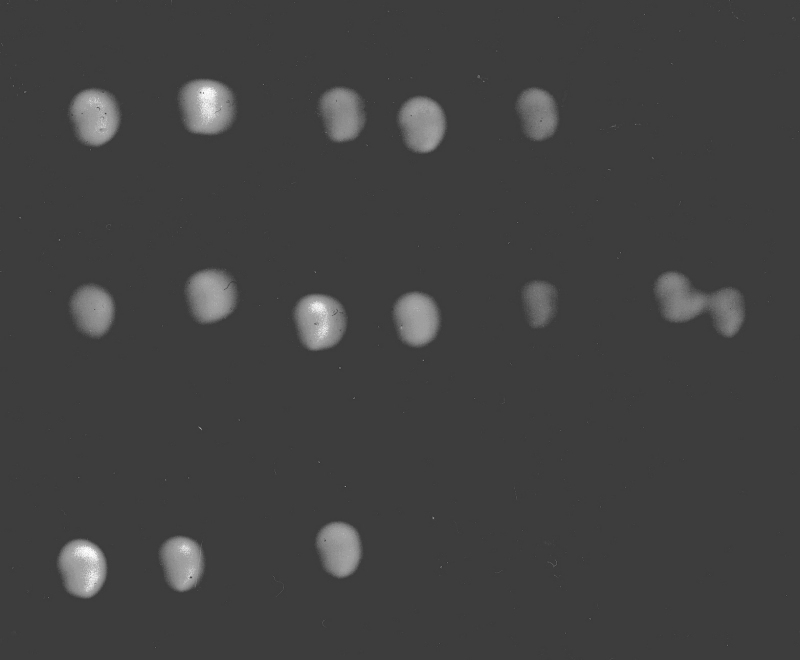
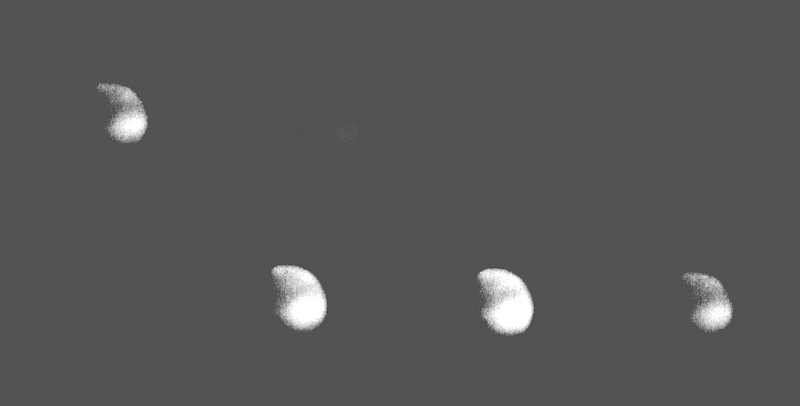
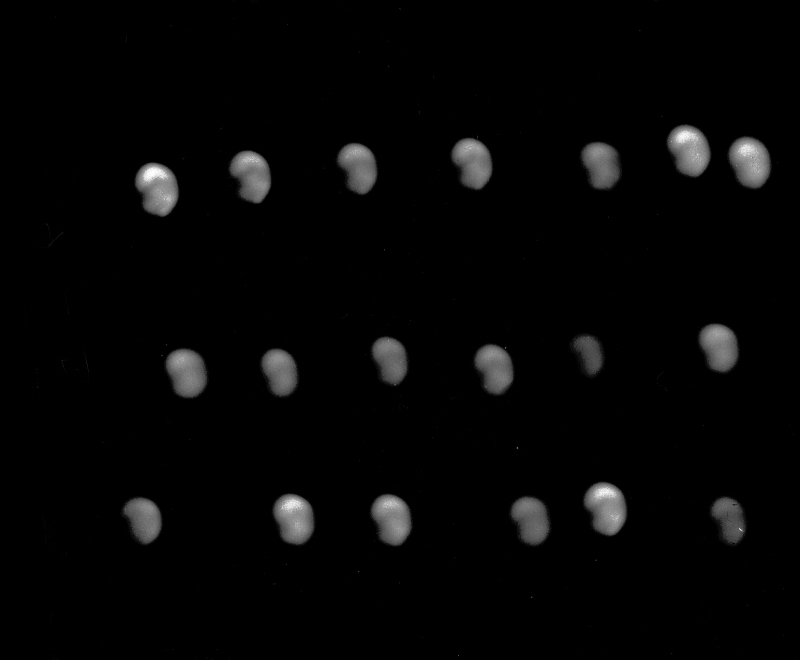
Four of the 'group's Mars image plates from late August and early September 1941.
Unfortunately, there was a lengthy and long enduring dust storm on Mars during this
opposition, and the imagery was never as good as was expected.
Well after Edson's group left Table Mountain, Smithsonian added a second inderground
bunker west of the first one. These bunkers, and the various instrumentation continued
to provide Smithsonian with additional solar constant data.
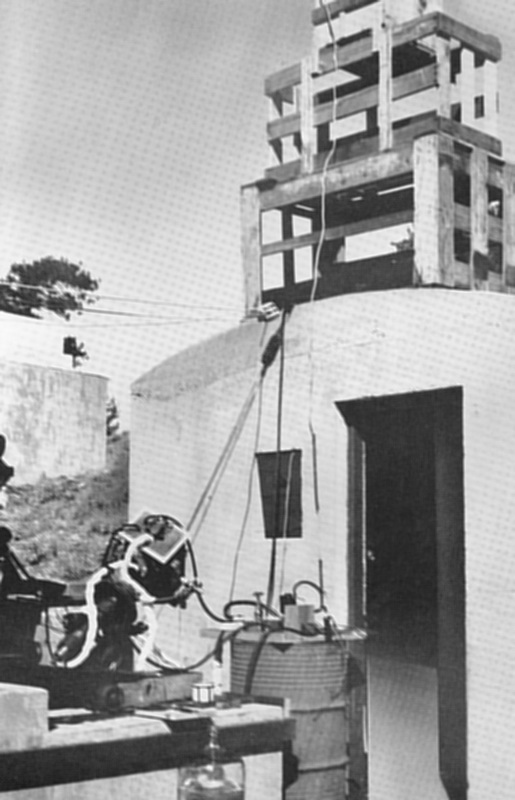
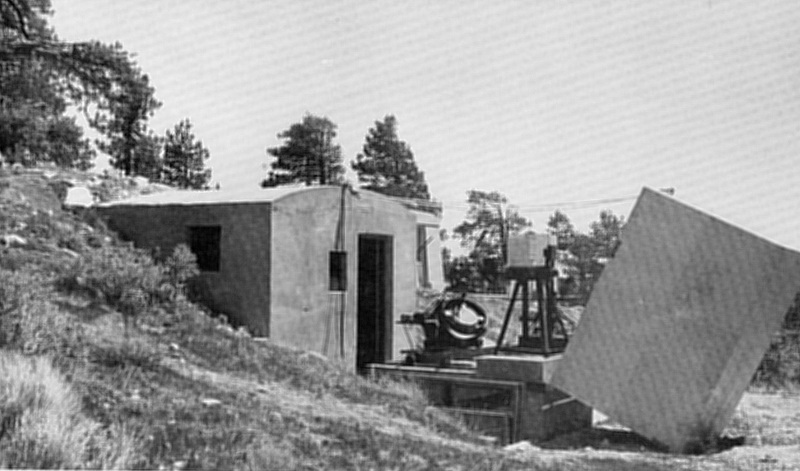
Look carefully...the original bunker is just to the right center, almost hidden behind this
newer one built in 1950.
As Smithsonian's Table Mountain solar constant studies came to a hault, the artificial
satellite effort by the USA and USSR created an almost instant need for solar cell
development (to power spacecraft once in orbit). So housing these solar cells in the
form of a 'solar panel' was an almost instant need. Table Mountain became a testing
site for this developing need, with JPL first obtaining permission for their 'Mobile
Solar Measurements Laboratory' to be brought to Table Mountain to test their own
solar panel development.
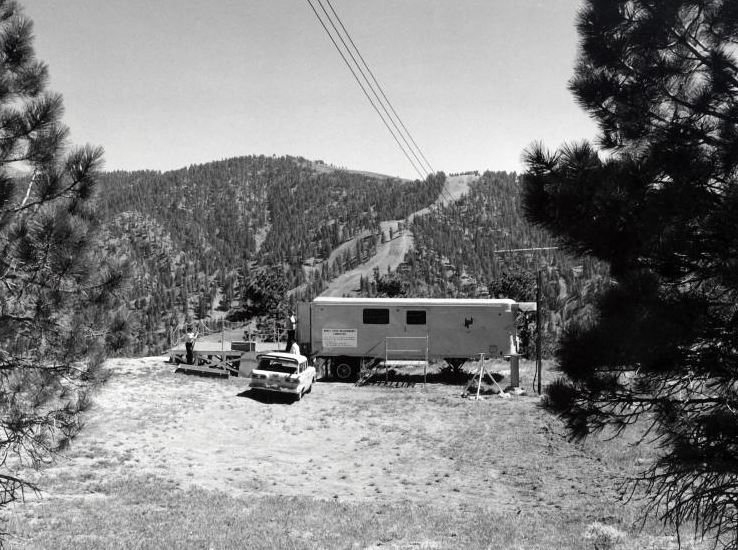
JPL installed their 'Mobile Solar Measurements Laboratory' in the late 1950s to test their
developing solar panels for JPL unmanned spacecraft.
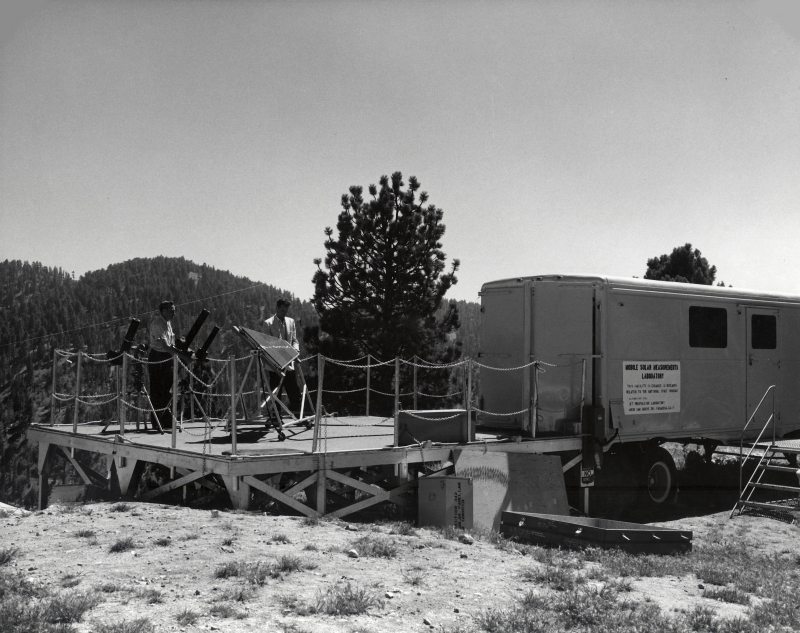
Early 1960s testing the Ranger spacecraft solar panels
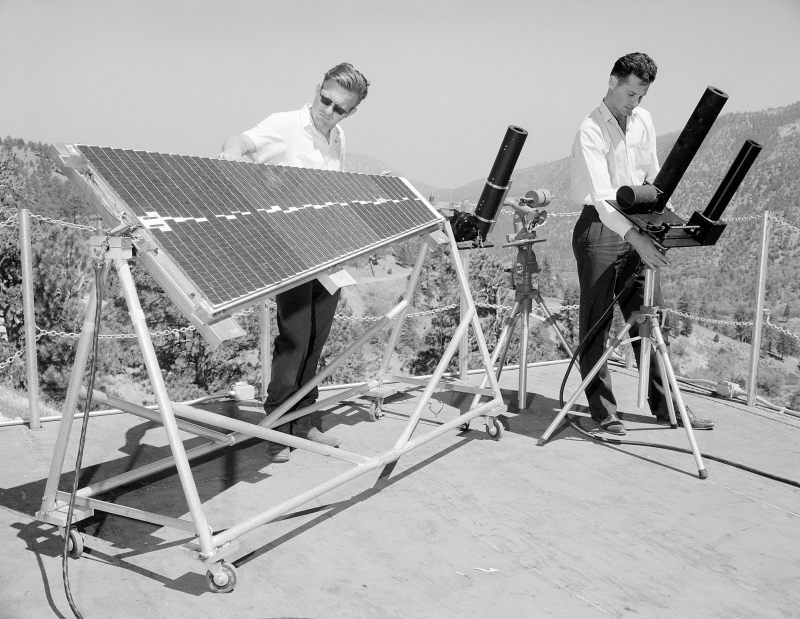
The Ranger Spacecraft solar panel testing
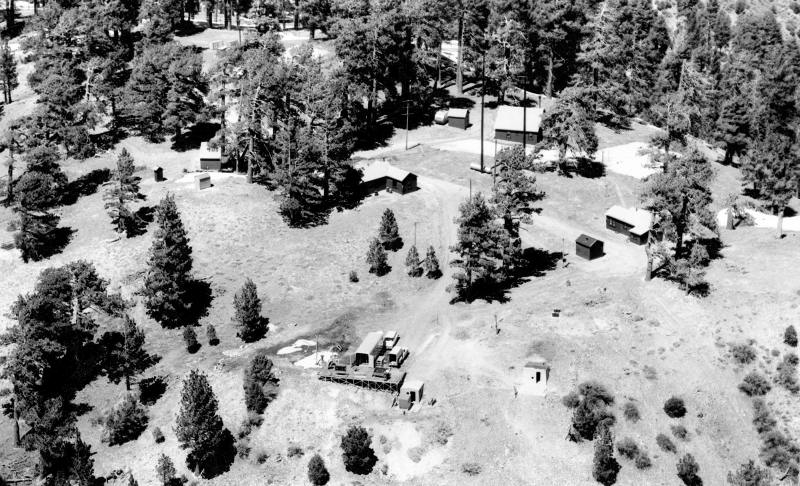
An aerial view of Table Mountain, showing JPL's solar panel testing area in 1962 (lower
left center). Looking carefully, one can see the two Smithsonian underground bunkers in
the lower center of this image. But, under even more careful inspection, one can see the
two dark spots just above the lower right bunker...the exact spot where Edson's 20-inch
telescope building was used for the 1941 Mars observations by Caltech's 'Planet Group'.
Following JPL's initial use of Table Mountain for solar panel development and testing, four
other companies also acquired permission to conduct their own solar cell developing tests as
news spread of this perfect testing site became well-known; Spectrolab, Hughes Aircraft,
Electro-Optical Systems (EOS), and Hoffamn Electronics Corporation.
End of Part 3 Part 4